Limits ↗
This is Horst. He lives in Dusseldorf. He's been unemployed for most of
his life.

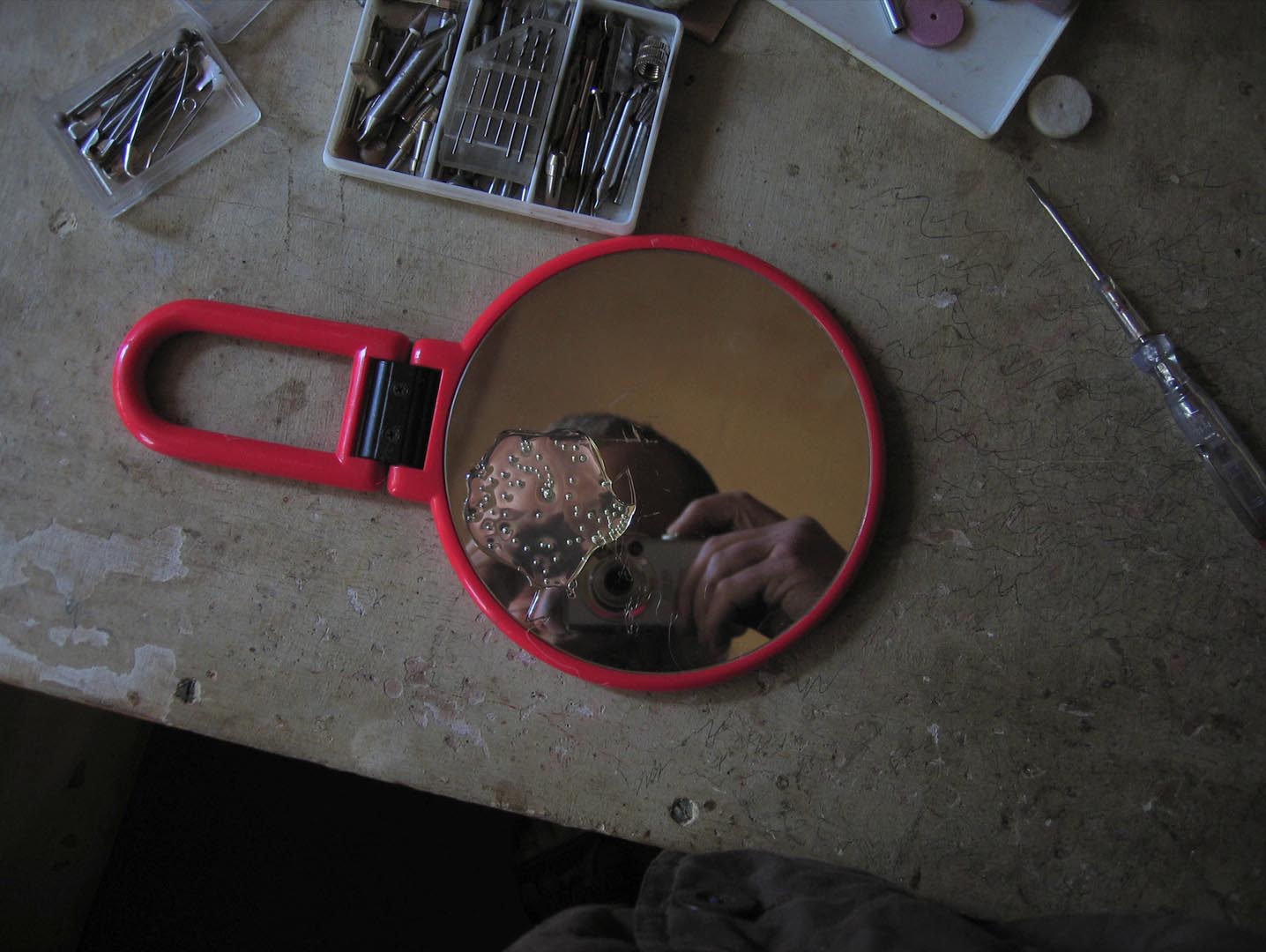 He takes photos.
He takes photos.

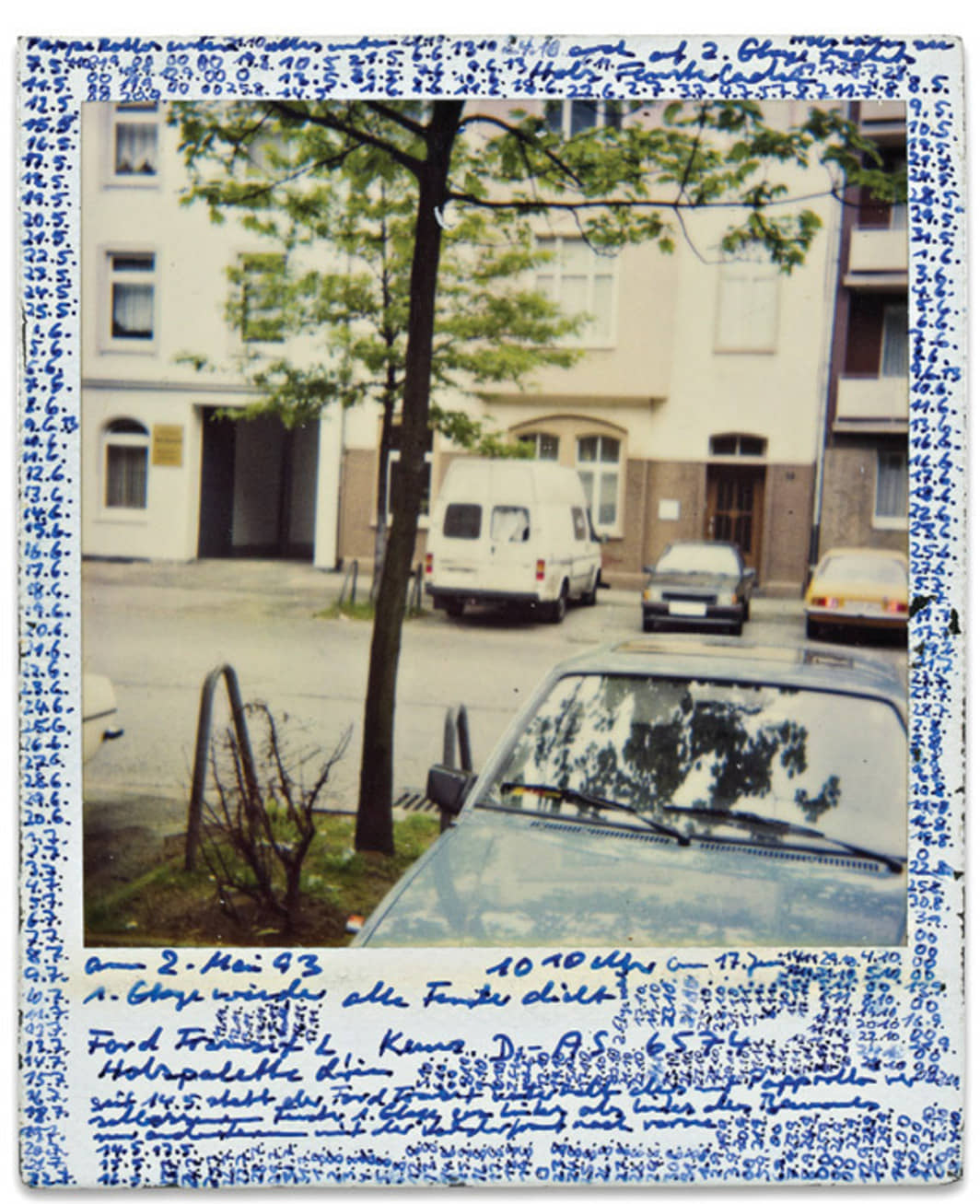 And he takes notes.
And he takes notes.

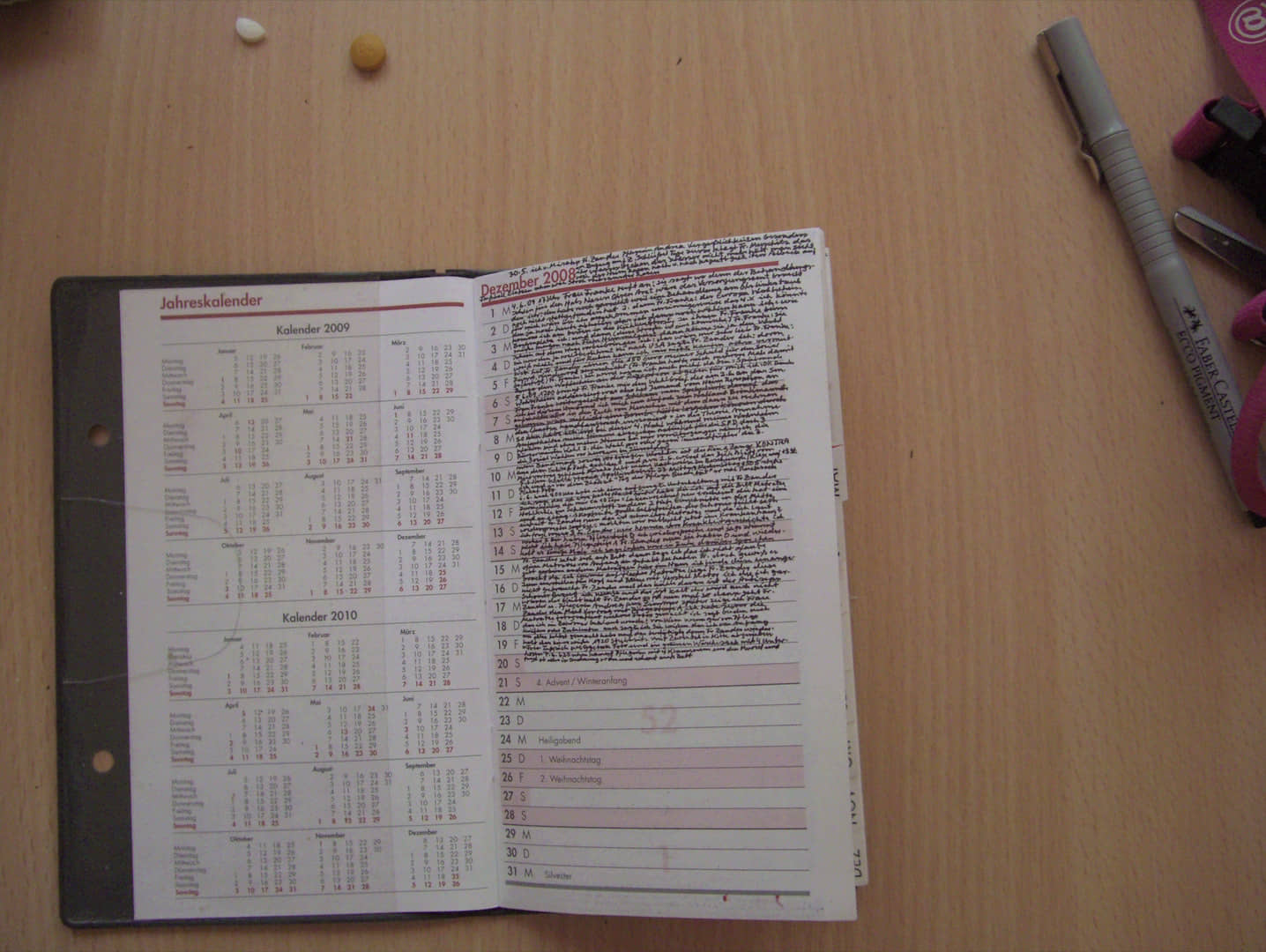 . Horst takes photos of what he calls “cold rays” unseen forces that he
believes have severely impacted his life and surroundings. He scours his
neighborhood for traces of “radiation damage” in construction sites,
automobiles, bicycles, and garbage piles. Horsts’ life is entwined in a
network of terror spun by suspicious neighbors, public authorities,
landlords.
. Horst takes photos of what he calls “cold rays” unseen forces that he
believes have severely impacted his life and surroundings. He scours his
neighborhood for traces of “radiation damage” in construction sites,
automobiles, bicycles, and garbage piles. Horsts’ life is entwined in a
network of terror spun by suspicious neighbors, public authorities,
landlords.
 A system of terror has enveloped him like a negative aura, operating in
the dark and keeping him at the limit of what is humanly possible to
withstand.
A system of terror has enveloped him like a negative aura, operating in
the dark and keeping him at the limit of what is humanly possible to
withstand.

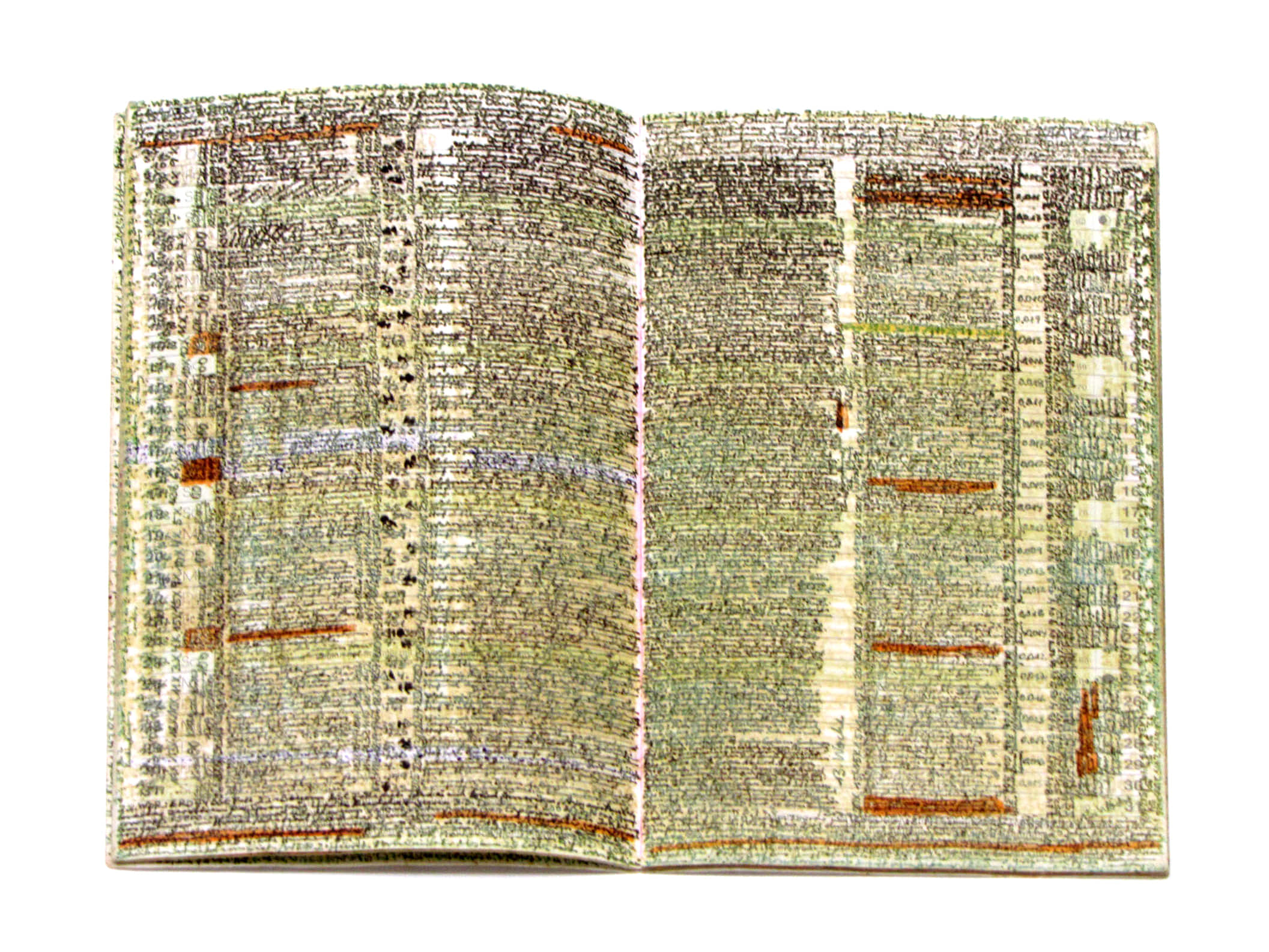 So Horst creates systems and structures for himself, to establish some
kind of ‘order’, to makes ‘sense’ of an otherwise all-consuming
paranoia. He uses a lathe to make hundreds of little spheres, which he
carries with him in order to disrupt these cold rays.
So Horst creates systems and structures for himself, to establish some
kind of ‘order’, to makes ‘sense’ of an otherwise all-consuming
paranoia. He uses a lathe to make hundreds of little spheres, which he
carries with him in order to disrupt these cold rays.

 He measures the cold rays with a gauges, meters, instruments.
He measures the cold rays with a gauges, meters, instruments.

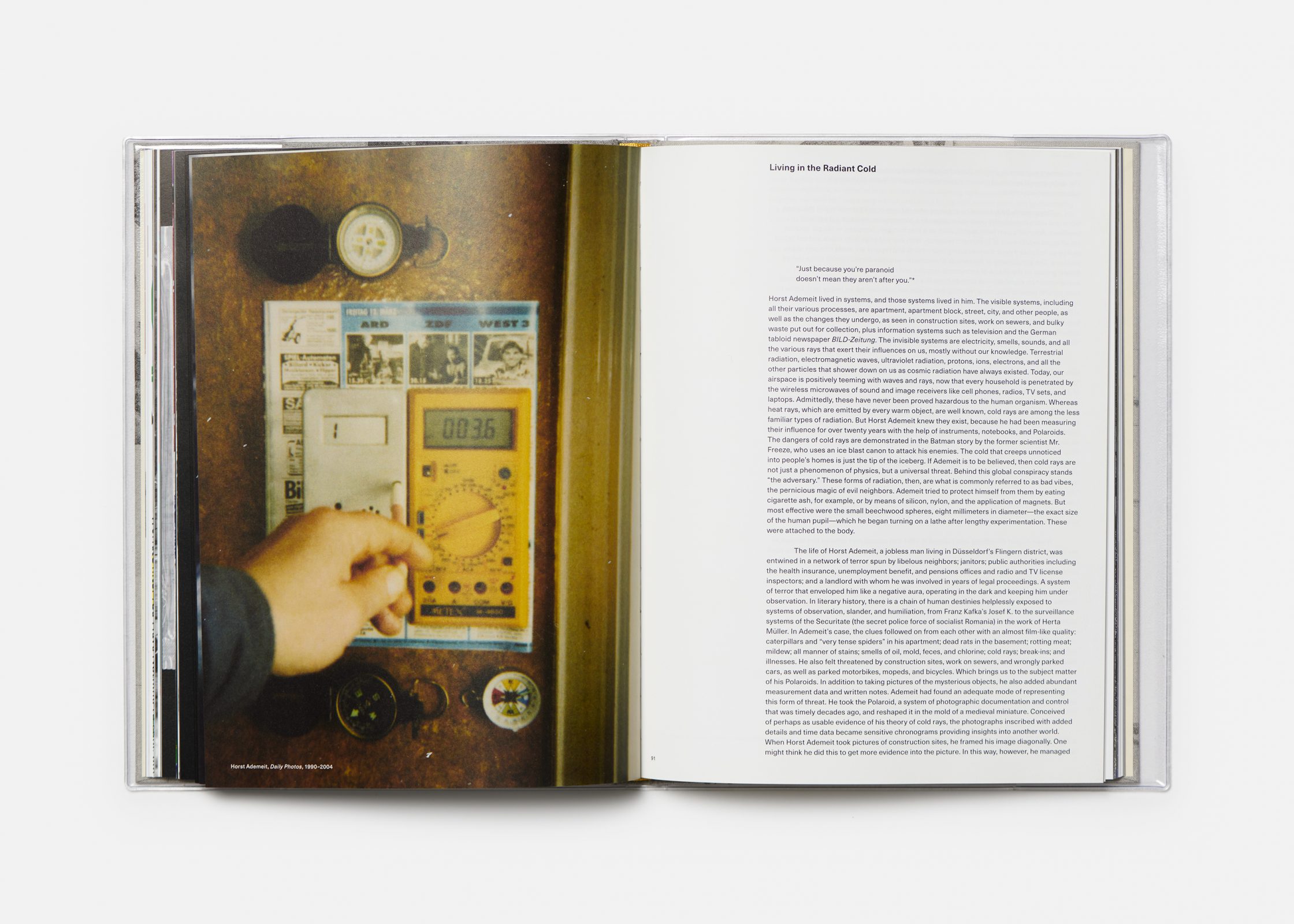 His annotations recall things beyond the visual perception: smells,
sounds, atmospherics, moods, etc. Until his death in 2010, Horst had
produced several thousand annotated Polaroid photographs.
His annotations recall things beyond the visual perception: smells,
sounds, atmospherics, moods, etc. Until his death in 2010, Horst had
produced several thousand annotated Polaroid photographs.

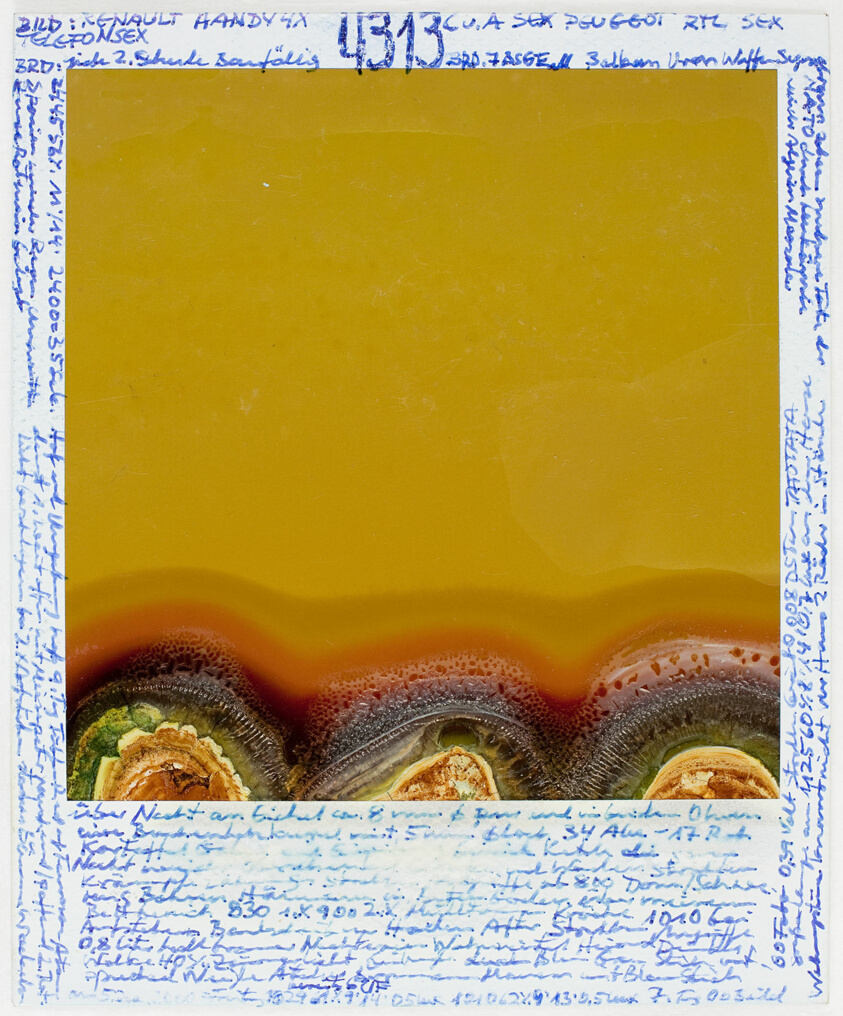 Previously, the projects of High Holdings explored the potential of good
in loss, development without growth, or whether deprivation can produce
new architectural vantages.
Previously, the projects of High Holdings explored the potential of good
in loss, development without growth, or whether deprivation can produce
new architectural vantages.
 In Limits, we will deal with limit experiences as the means to
discover the boundaries of our species.
In Limits, we will deal with limit experiences as the means to
discover the boundaries of our species.
 Limits impel us from a known ordinary state to an unknown extraordinary
one with the view to unearth novel relational patterns between each
other and nature.
Limits impel us from a known ordinary state to an unknown extraordinary
one with the view to unearth novel relational patterns between each
other and nature.

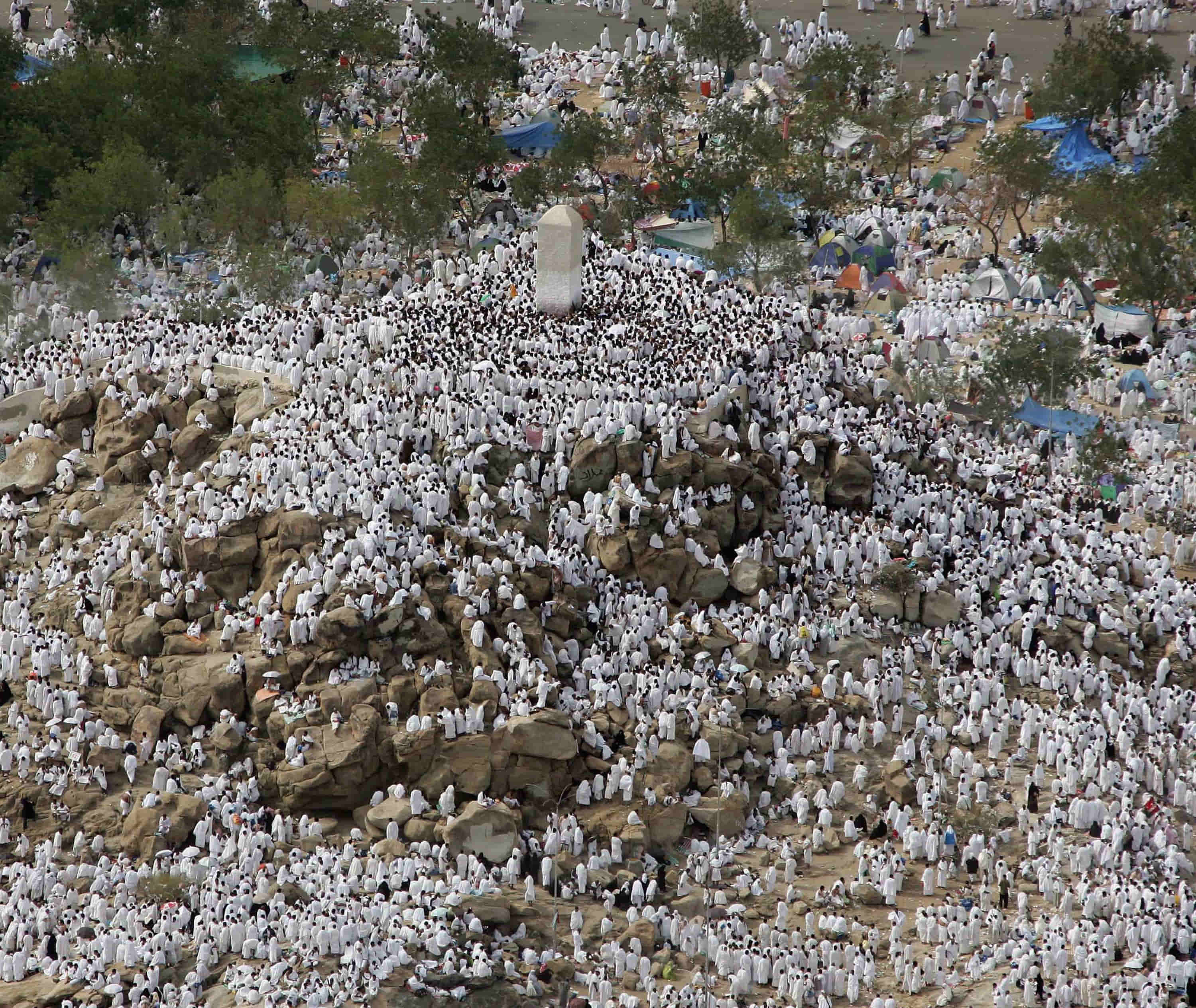 By looking and producing in extremis, we will ask: can we raise
readdress our existing behaviours and architectures?
By looking and producing in extremis, we will ask: can we raise
readdress our existing behaviours and architectures?
Ecstasy and Horror
For millennia, artists and writers have looked for the far reaches of
human experience; this search towards our limits has also resulted in
exalted architectures. Take for example places such as the National
Full-Scale Aerodynamic Complex, a wind tunnel in California for
determining aerodynamic characteristics of large-scale aircrafts.

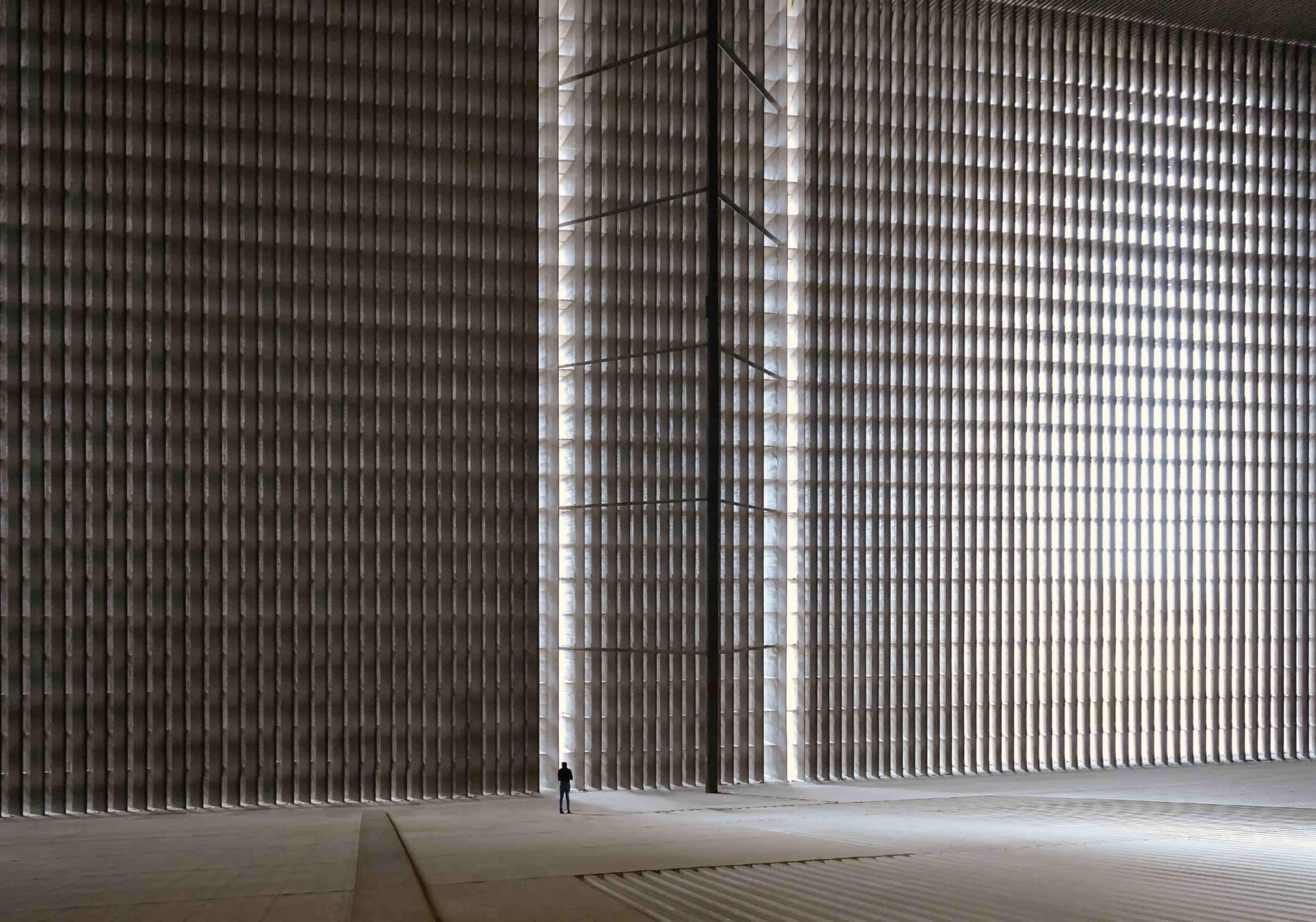 The marriage of ambition and technics has formed historical examples
such as the Hagia Sophia, the epitome of Byzantine architecture, and the
then largest interior space in the world.
The marriage of ambition and technics has formed historical examples
such as the Hagia Sophia, the epitome of Byzantine architecture, and the
then largest interior space in the world.

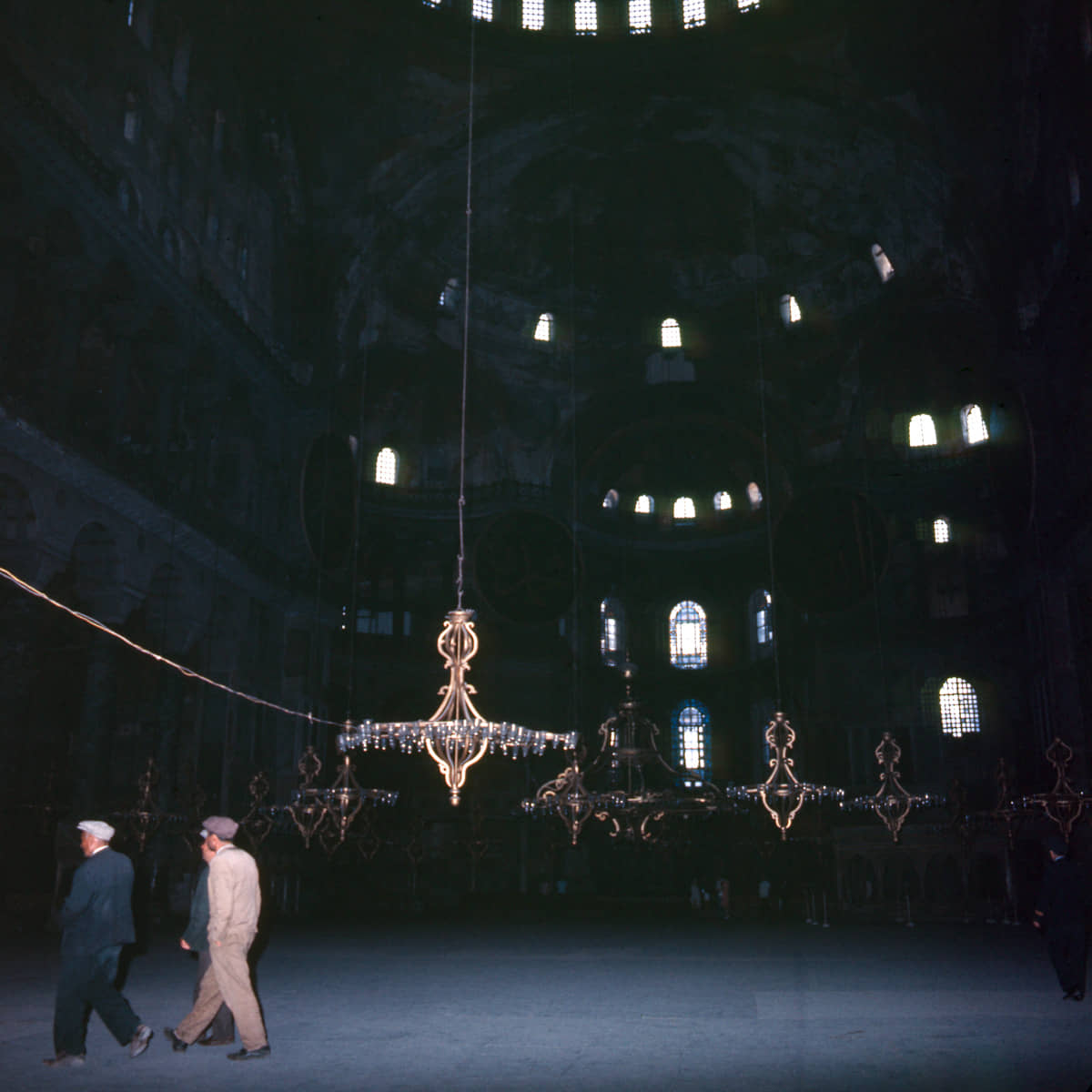 Significantly later, and after the identification of extreme
experiences, came the establishment of philosophies that would convey
how to live at the edge of limits. Take for example Buddists retreats in
the dark.
Significantly later, and after the identification of extreme
experiences, came the establishment of philosophies that would convey
how to live at the edge of limits. Take for example Buddists retreats in
the dark.

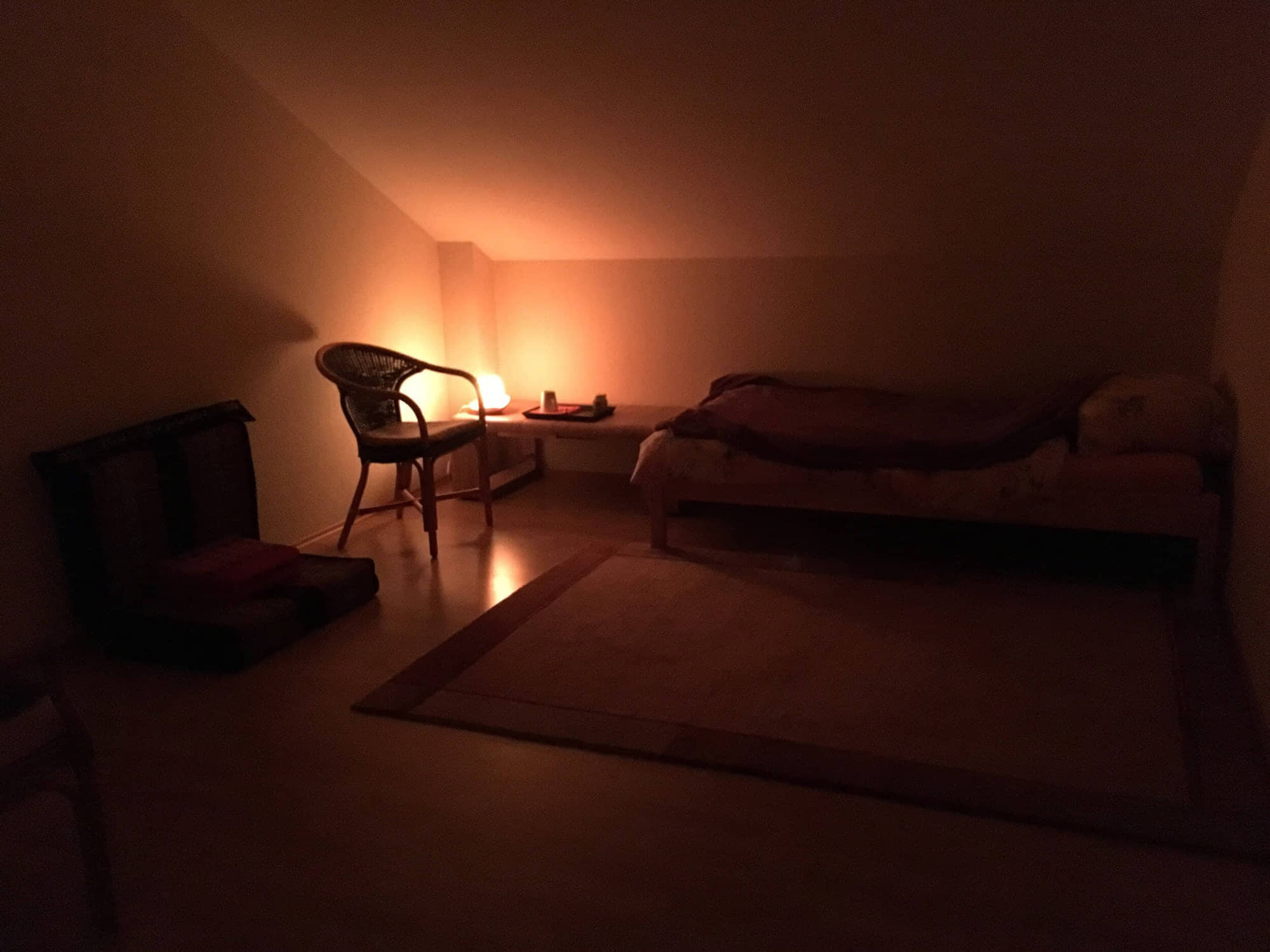 In Limits, we will create a collective space for the generation
of knowledge at the boundaries of our thinking. Take for example all the
new knowlege created in the aftermath of a flood as you ssee here in the
Basilica of Santa Croce, Florence.
In Limits, we will create a collective space for the generation
of knowledge at the boundaries of our thinking. Take for example all the
new knowlege created in the aftermath of a flood as you ssee here in the
Basilica of Santa Croce, Florence.

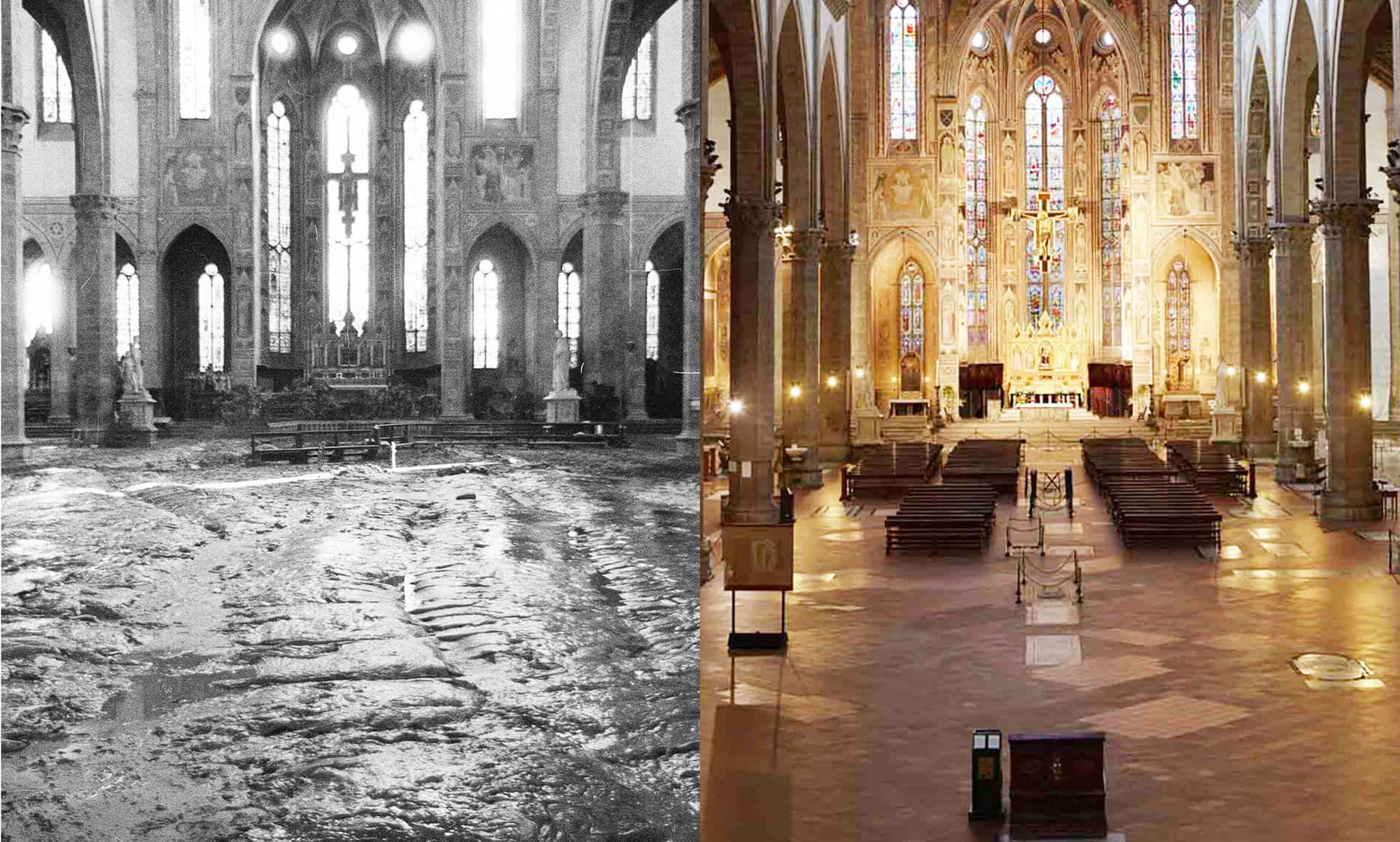
It can be said that an experience of divine ecstasy and extreme horror
is identical. Historically, we have lived an obsession with visualising
extremes of human emotions. Take for example images of ecstasy as
depicted in some of Caravaggio's paintings.

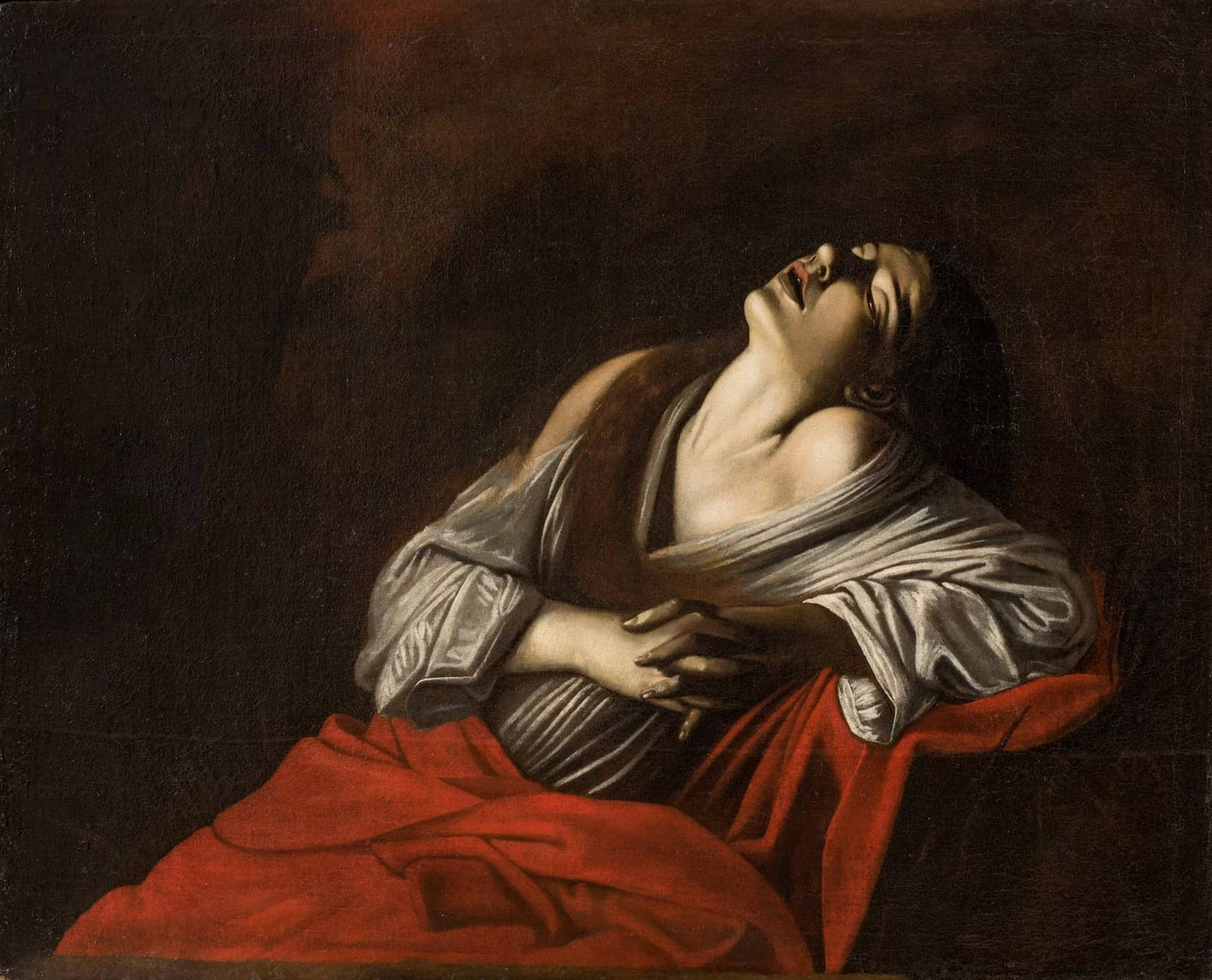 or it's opposite as portrayed by the laughing demons in Japanese
theater.
or it's opposite as portrayed by the laughing demons in Japanese
theater.

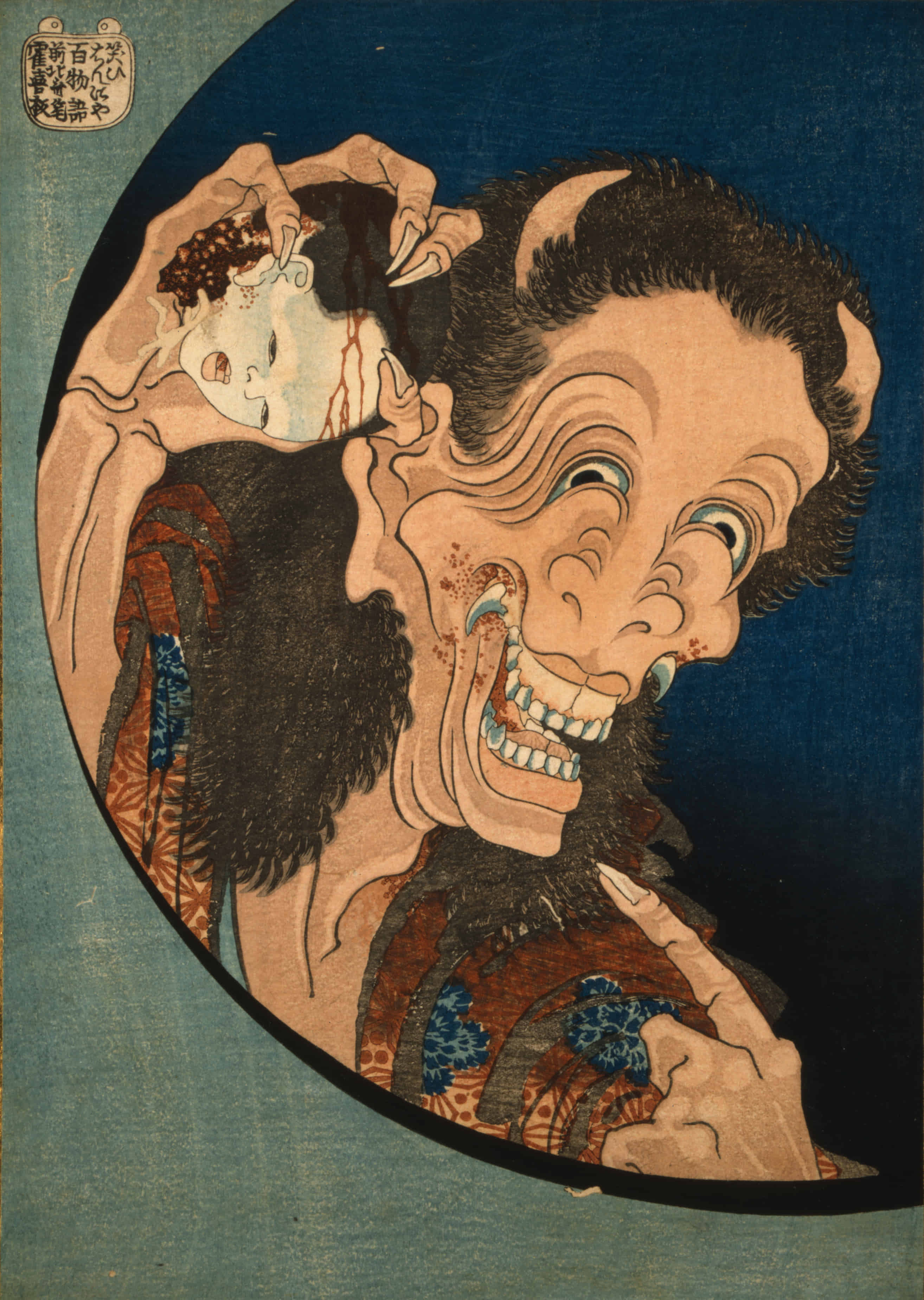 At what point is a limit a violation? For example, there are certain
limits in the resistance and weights of materials that make them more
suitable for construction.
At what point is a limit a violation? For example, there are certain
limits in the resistance and weights of materials that make them more
suitable for construction.


Likewise in Limits we will expose ourselves to real-world
extremes, for example:

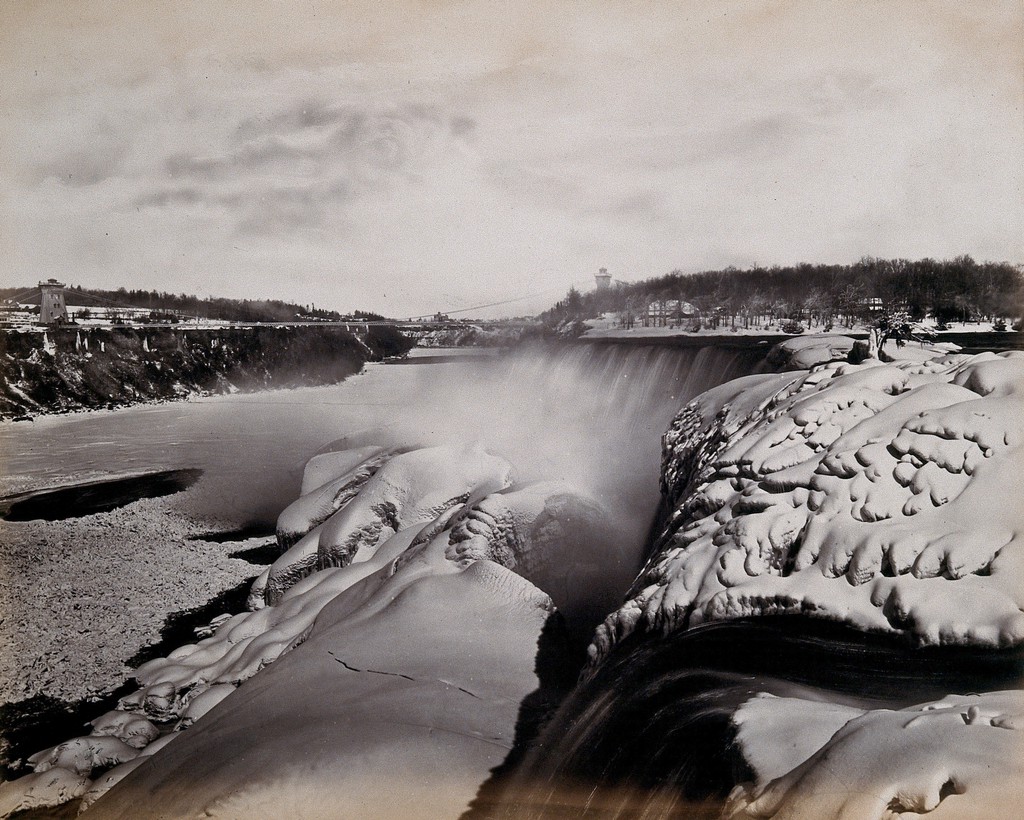 awe of nature vs. torture practices;
awe of nature vs. torture practices;

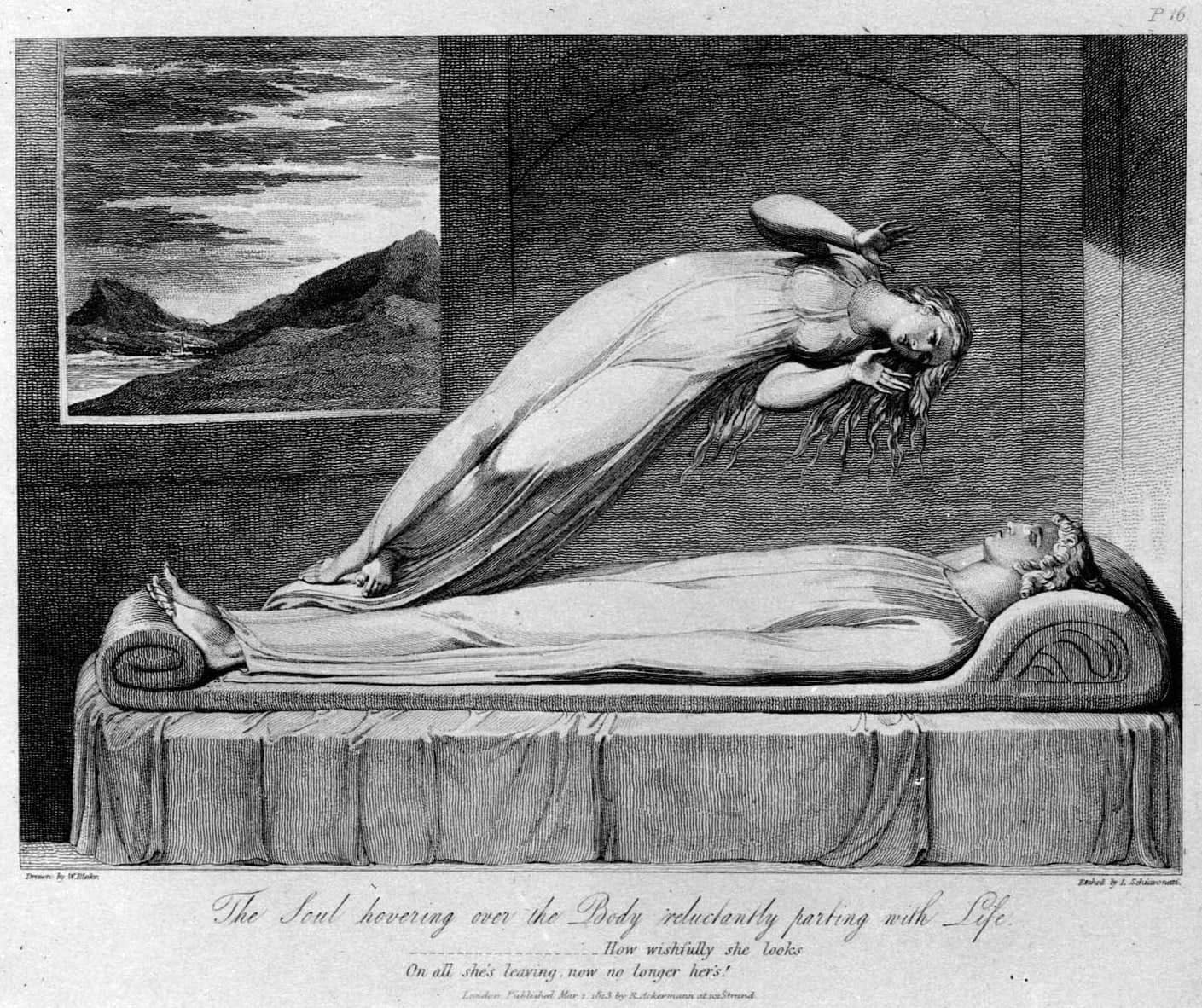 the world of nightmares vs. enforced realism;
the world of nightmares vs. enforced realism;

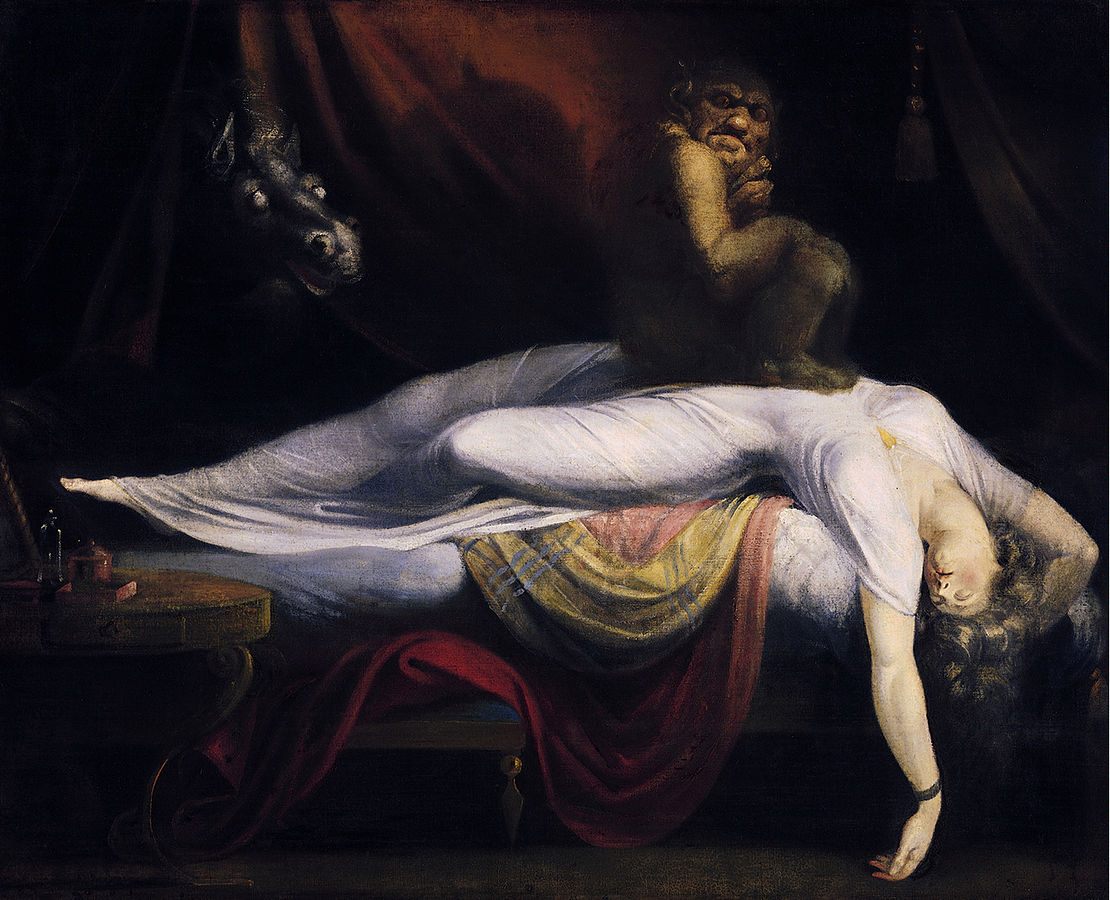 the afterlife vs. the near-death experiences of inedia (aka lack of
nurturing);
the afterlife vs. the near-death experiences of inedia (aka lack of
nurturing);

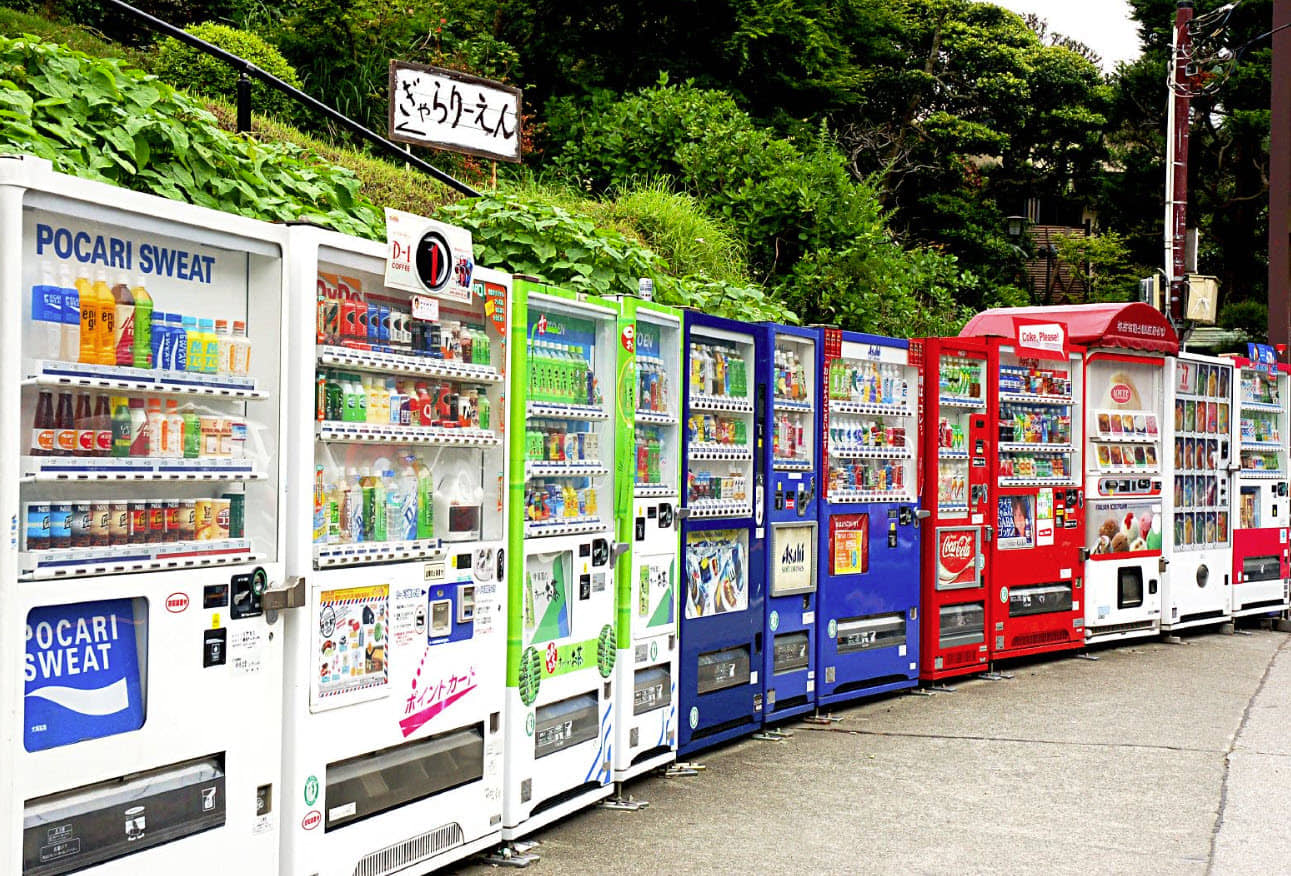 an embarrassment of riches vs. poverty. Together we will draw up the
things we can or cannot tolerate and we will rely on group empathy to
find strategies to cope with them.
an embarrassment of riches vs. poverty. Together we will draw up the
things we can or cannot tolerate and we will rely on group empathy to
find strategies to cope with them.

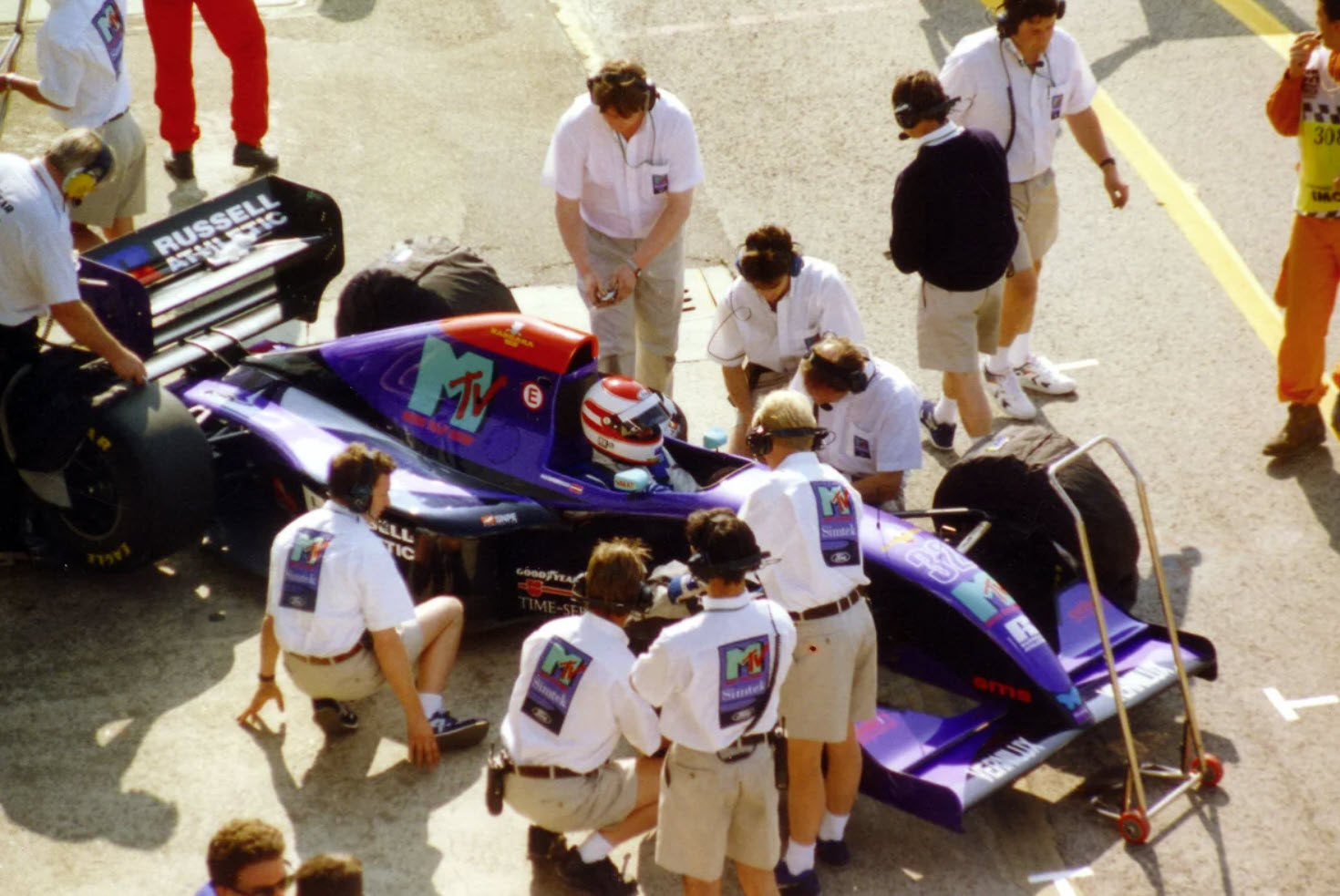 Limits will also draw parallels from the material of
architecture, for example the distinction between thresholds (which are
something akin to a gradient of limits), and lines (a hard limit).
Limits will also draw parallels from the material of
architecture, for example the distinction between thresholds (which are
something akin to a gradient of limits), and lines (a hard limit).

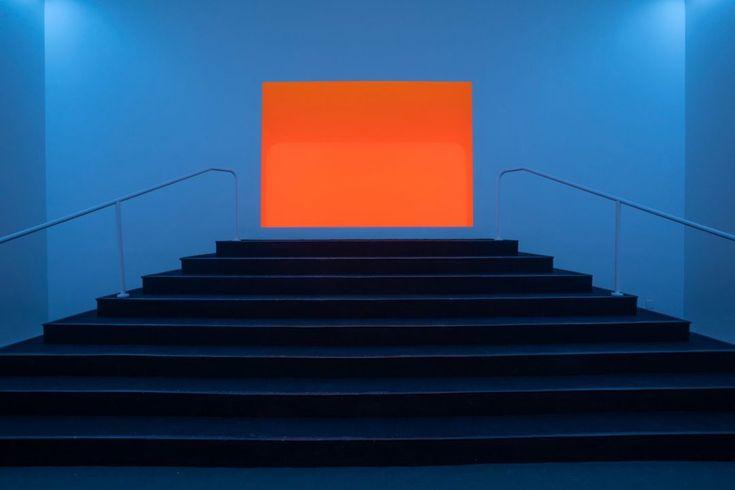 As well as from collective practises of resilience. Take for example the
Tendai Buddhist monks in Japan who experience four so-called "Hells", or
the "circling the mountain".
As well as from collective practises of resilience. Take for example the
Tendai Buddhist monks in Japan who experience four so-called "Hells", or
the "circling the mountain".

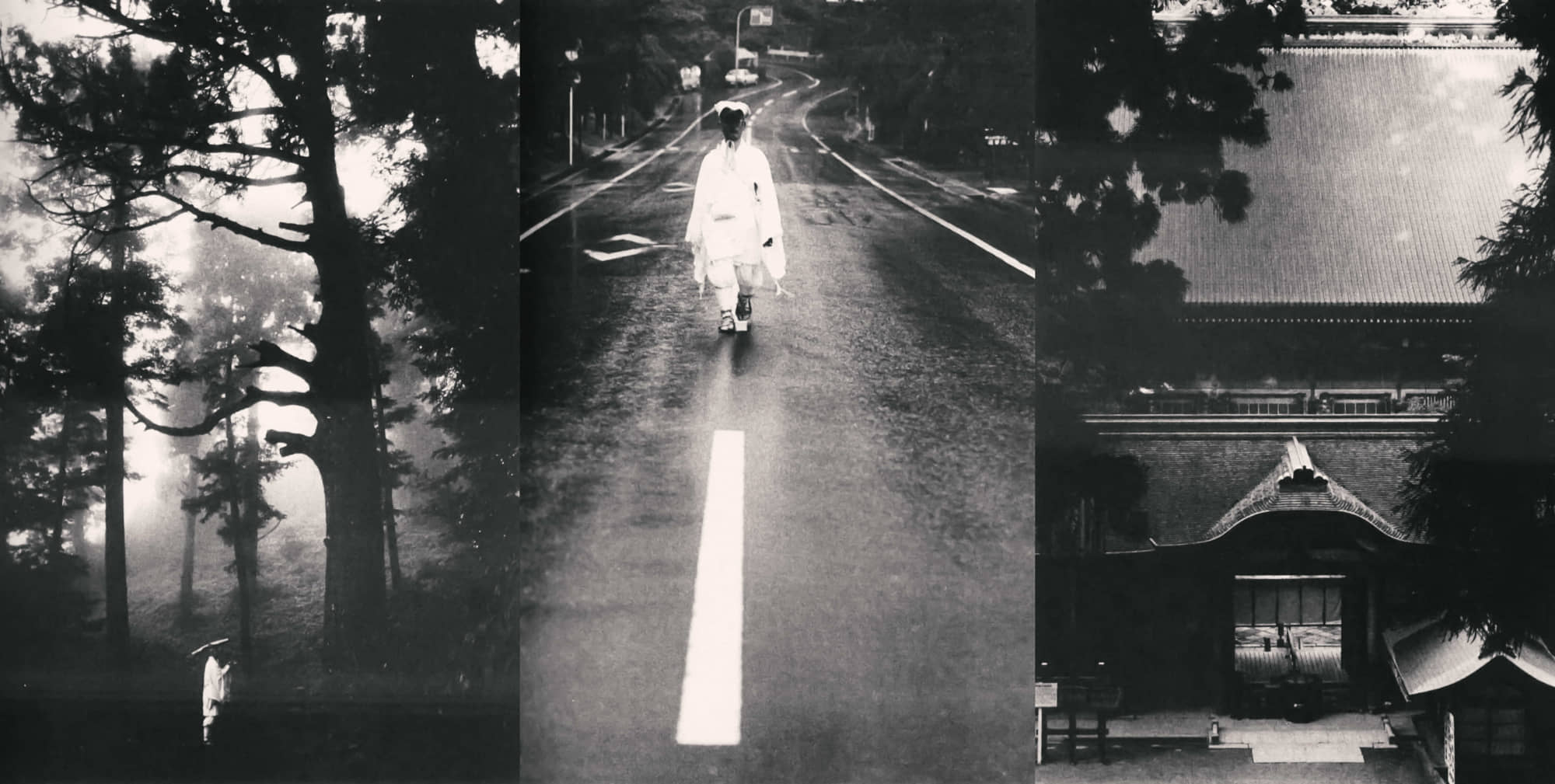 This is one of the most demanding physical and mental challenges in the
world. Firstly the experience the Cleaning Hell: a minimum of six hours
a day cleaning the Enryakuji Monastery; secondly they go through the
Chanting Hell: total isolation indoors chanting and meditating;
This is one of the most demanding physical and mental challenges in the
world. Firstly the experience the Cleaning Hell: a minimum of six hours
a day cleaning the Enryakuji Monastery; secondly they go through the
Chanting Hell: total isolation indoors chanting and meditating;

 this phase is followed by the the Walking Hell: a marathon of 1000-days
on Mount Hiei outside Kyoto. Only 46 people have completed it;
this phase is followed by the the Walking Hell: a marathon of 1000-days
on Mount Hiei outside Kyoto. Only 46 people have completed it;

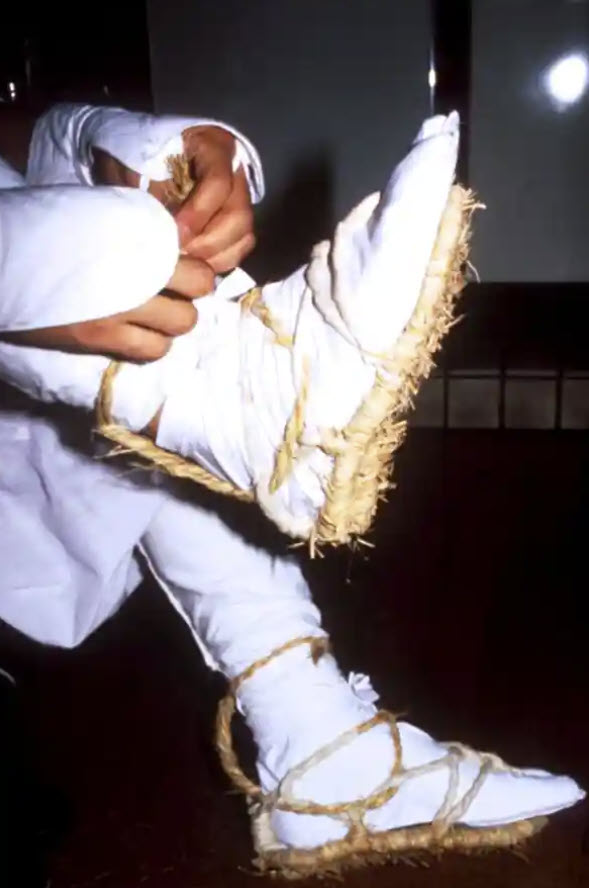 and finally, the last stage is described as the ultimate hell: a
twelve-year solitary mountain retreat.
and finally, the last stage is described as the ultimate hell: a
twelve-year solitary mountain retreat.

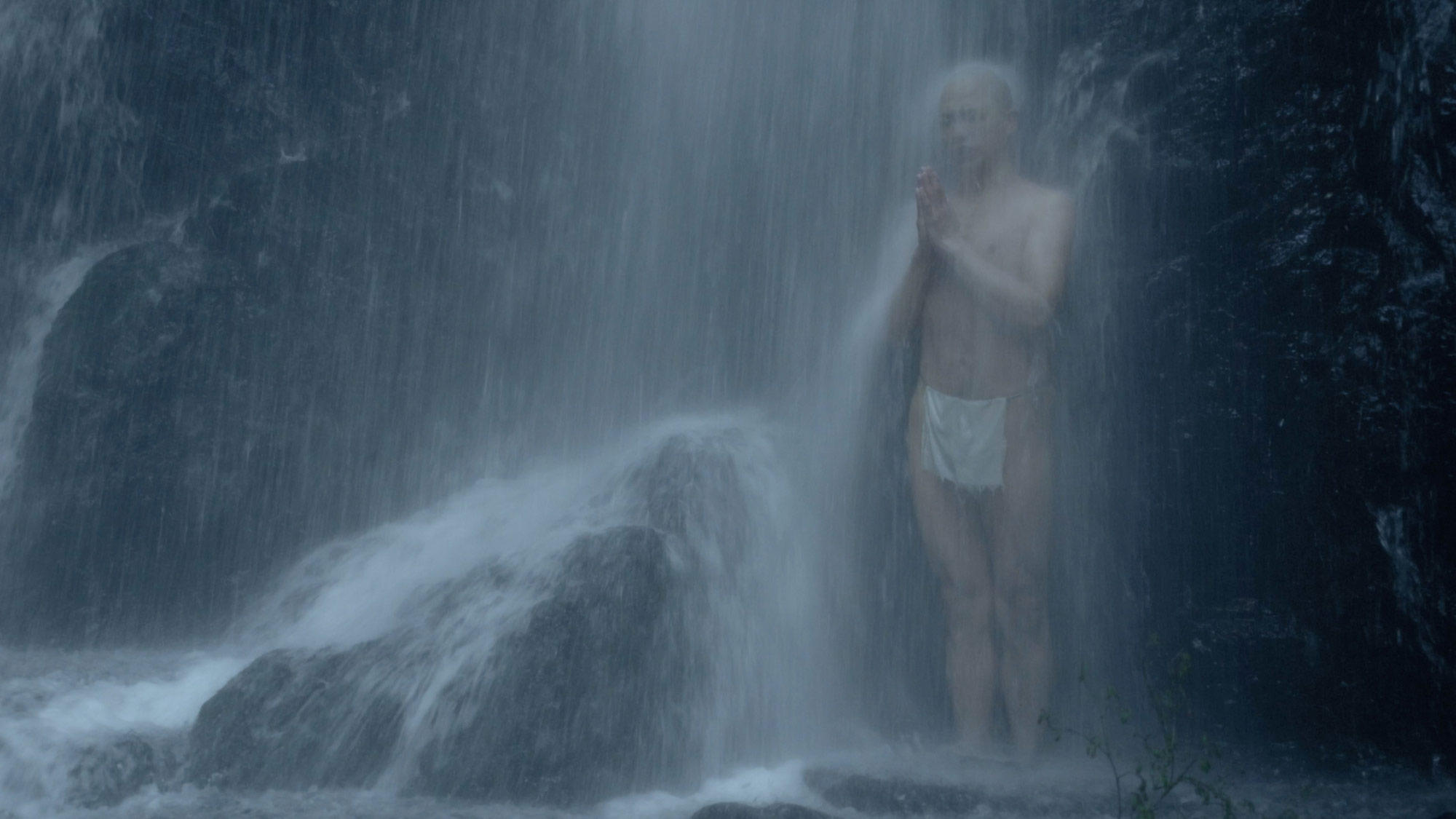
Sentience and Foolery
As sentient beings capable of processing our surroundings via feelings,
we first experience physical events with our own bodies: the proximity
to a wall; climbing a cliff; drowning in a river etc.

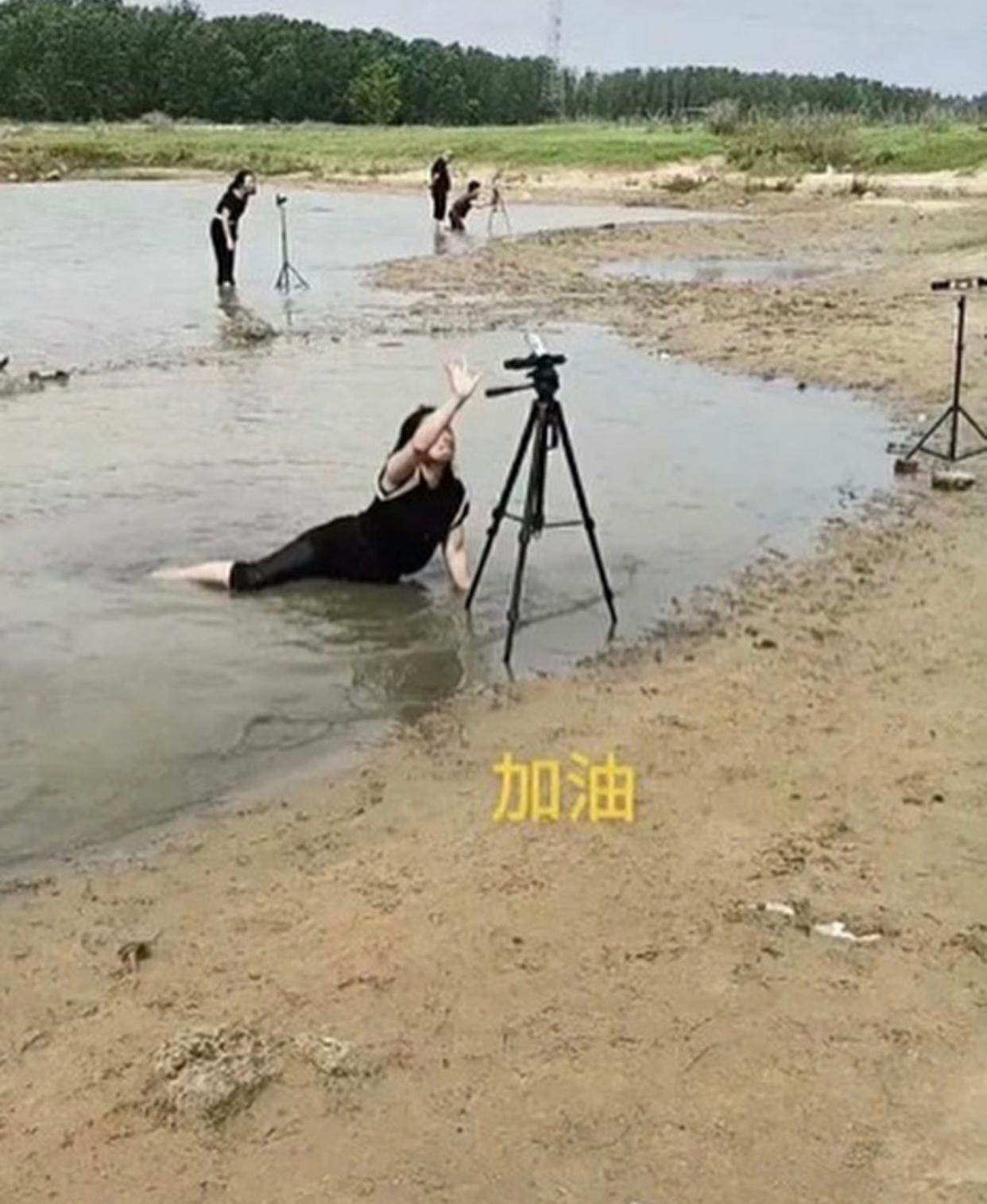 Through our sensorium we accumulate information in order for it then to
be described via language. We accumulate painful and joyous information
to communicate it.
Through our sensorium we accumulate information in order for it then to
be described via language. We accumulate painful and joyous information
to communicate it.

 But how are experiences transmitted? What is it like to sense virtually?
Is the technification of experience dominating our senses? Is it
limiting our experience?
But how are experiences transmitted? What is it like to sense virtually?
Is the technification of experience dominating our senses? Is it
limiting our experience?

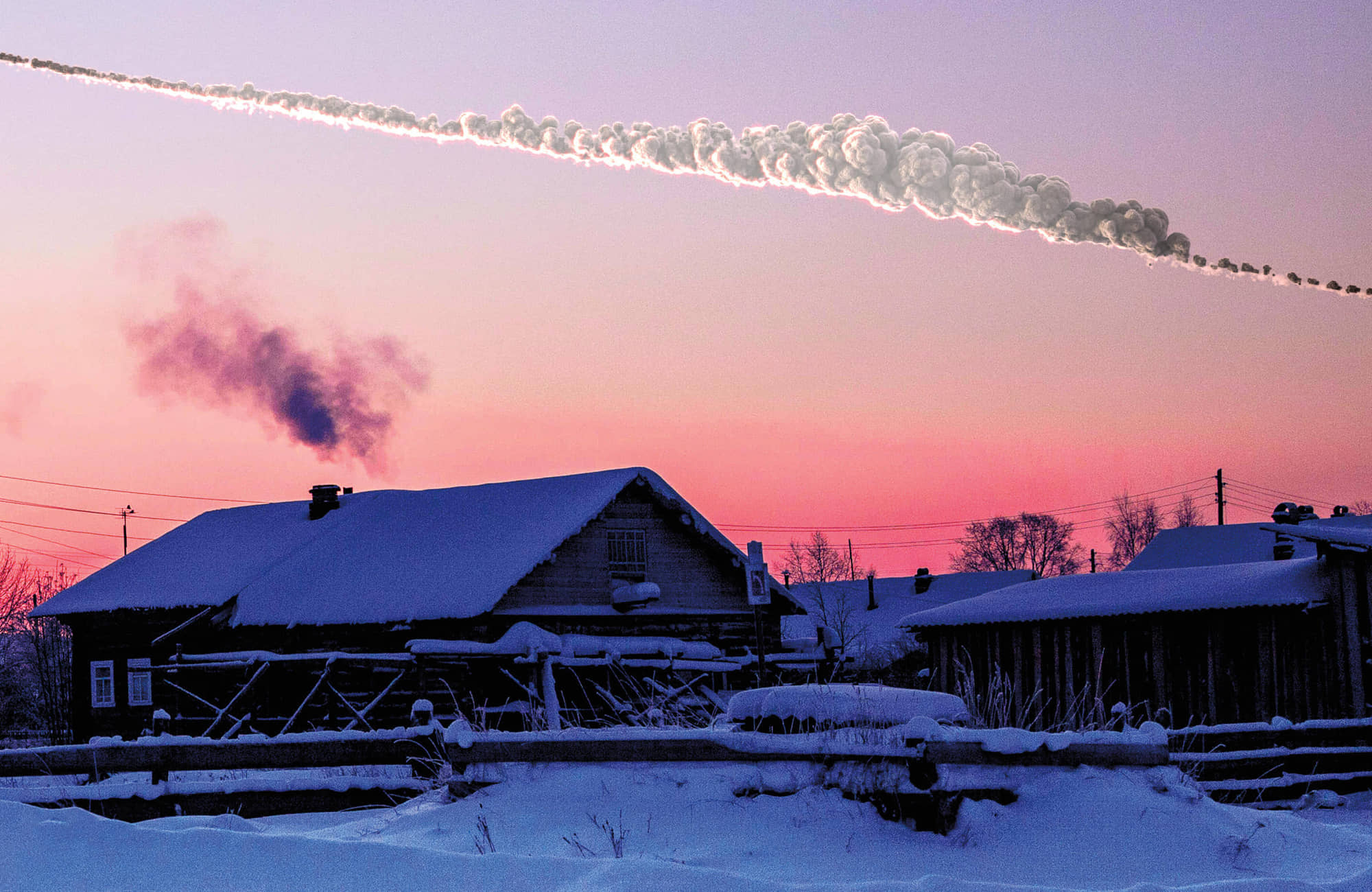 To interrogate these questions we will modulate our own perceptions, for
example:
To interrogate these questions we will modulate our own perceptions, for
example:

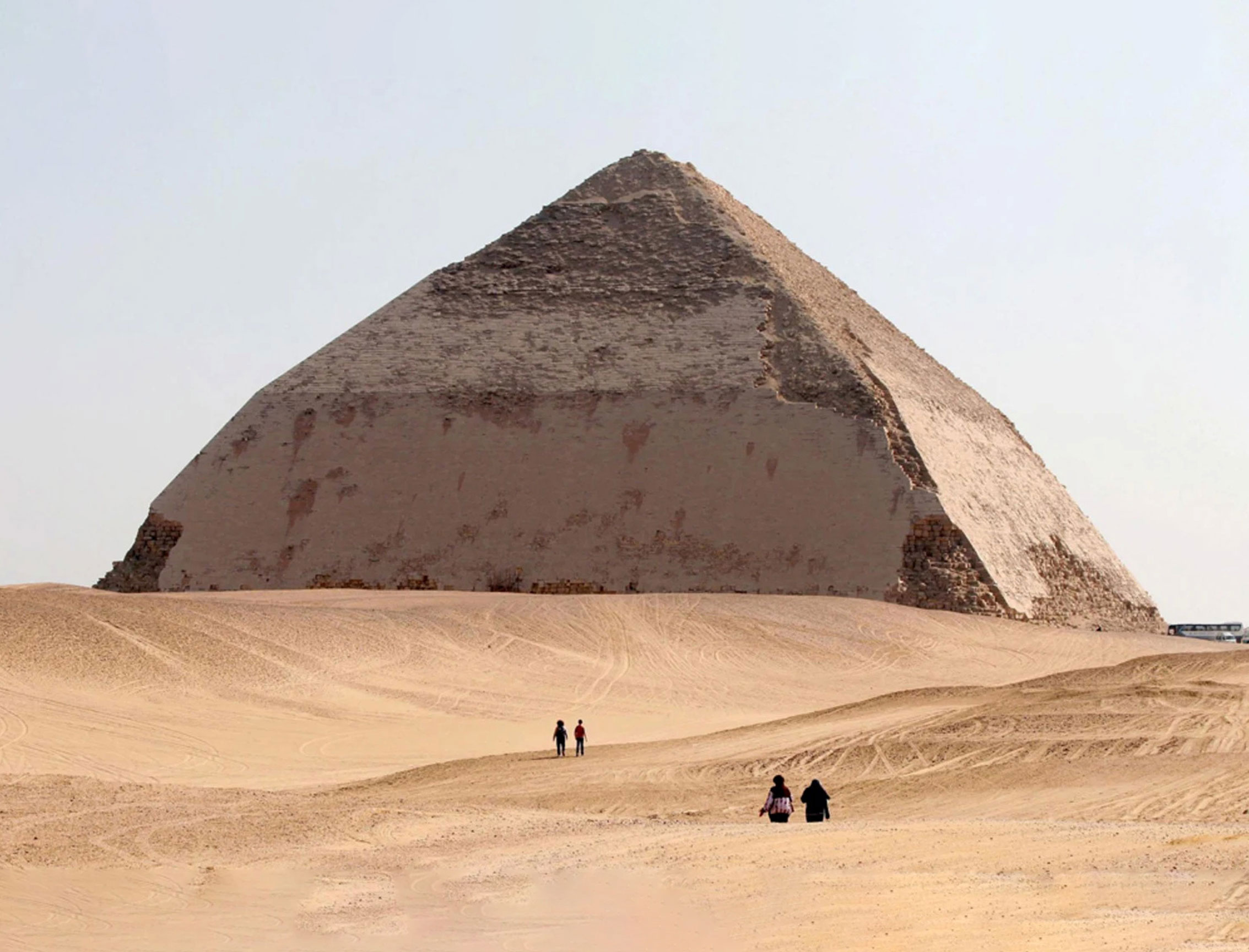 making objects larger than they are (macropsia and micropsia),
making objects larger than they are (macropsia and micropsia),

 or nearer or further (pelopsia and teleopsia) or presenting them as
altered shapes (metamorphopsia), with the aim of fooling our
relationship to the physical environment, to destabilise experiences.
or nearer or further (pelopsia and teleopsia) or presenting them as
altered shapes (metamorphopsia), with the aim of fooling our
relationship to the physical environment, to destabilise experiences.
Drama Saturation
Bewilderment, or the confusion resulting from failure to understand,
occurs often in theatre.
 The stage is one of the last places where we can explore the limits of
human drama and observe behaviour that would otherwise be banned or
outlawed.
The stage is one of the last places where we can explore the limits of
human drama and observe behaviour that would otherwise be banned or
outlawed.

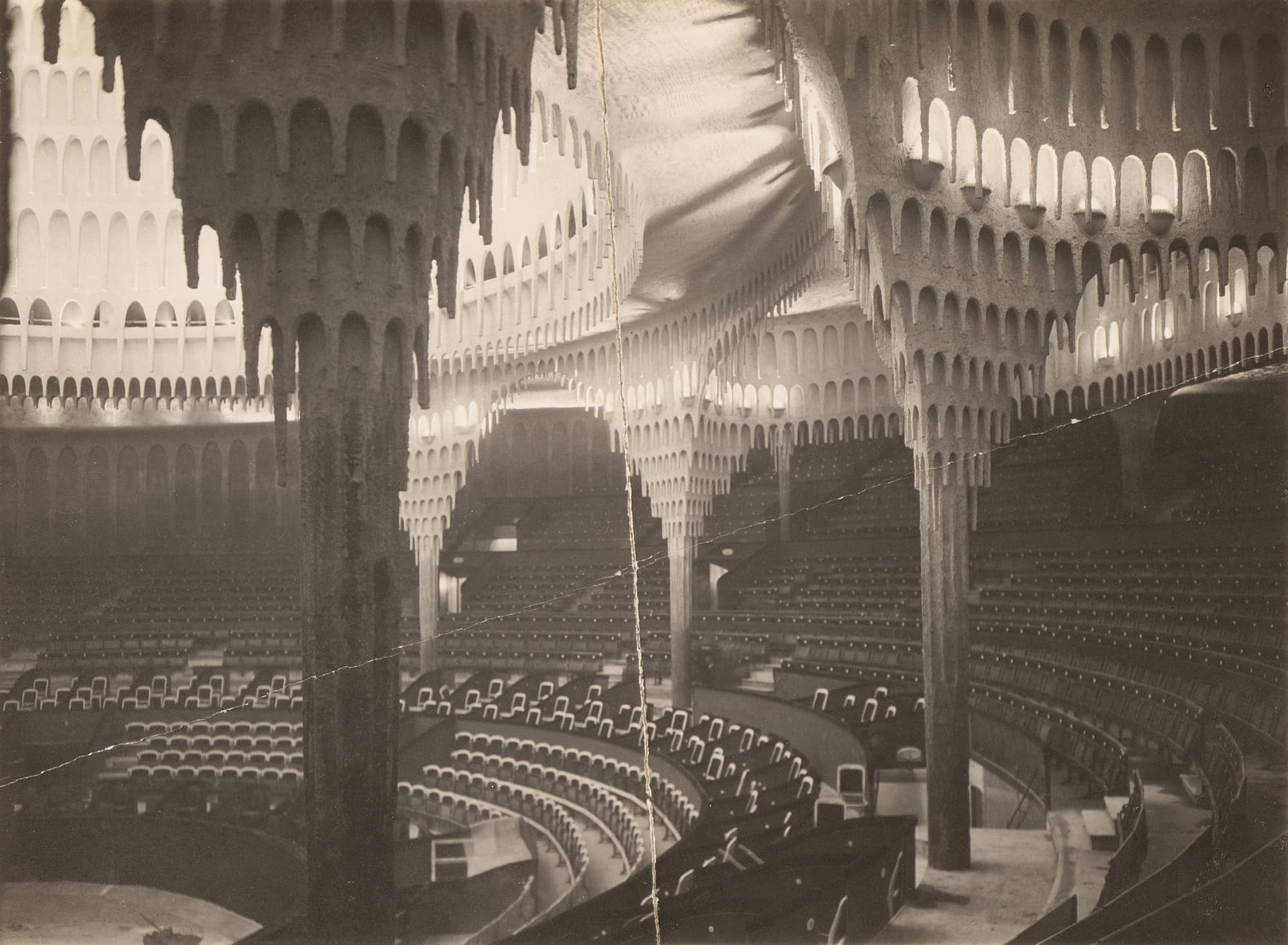 Using what we will call limit-stages as a beginning point of the project
your projects will use the potential of a stage as the site of
experimental human drama to derive its purpose.
Using what we will call limit-stages as a beginning point of the project
your projects will use the potential of a stage as the site of
experimental human drama to derive its purpose.

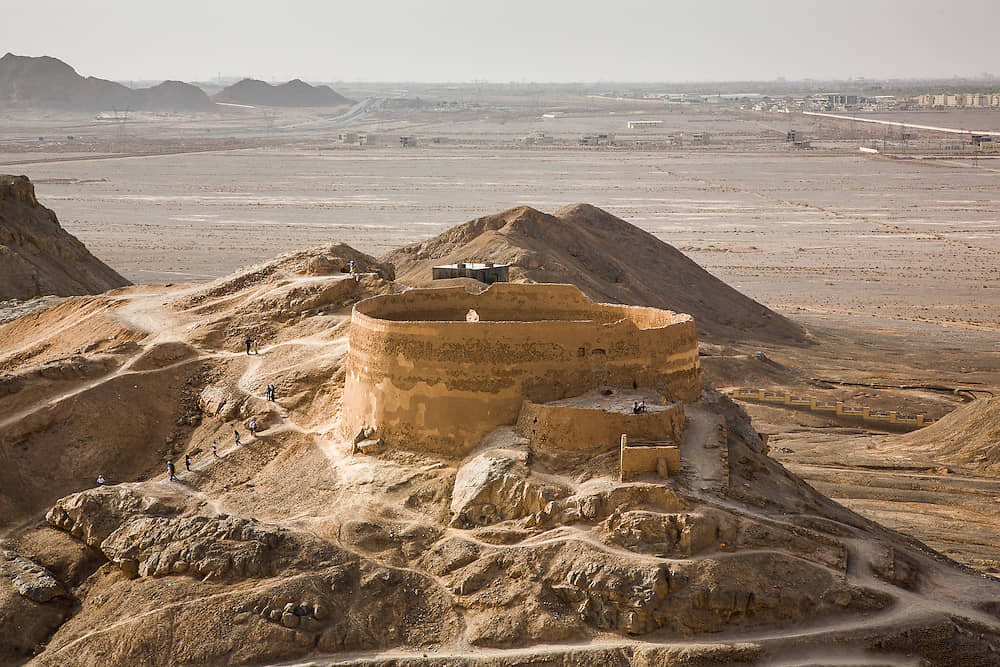 Limit-stages could be similar to how Zoroastrians in modern day Iran
created the limit between the earthly and godly. They considered soil to
be contamined thus choosing to depart the earth by death-by-vulture.
Limit-stages could be similar to how Zoroastrians in modern day Iran
created the limit between the earthly and godly. They considered soil to
be contamined thus choosing to depart the earth by death-by-vulture.

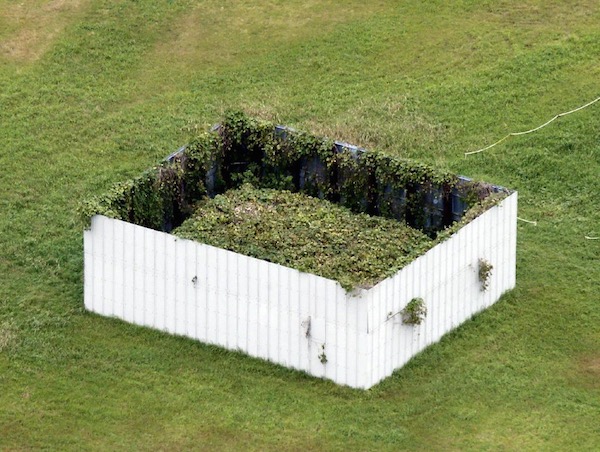 or how there is a farm in the middle of Narita airport to resist its
growth;
or how there is a farm in the middle of Narita airport to resist its
growth;

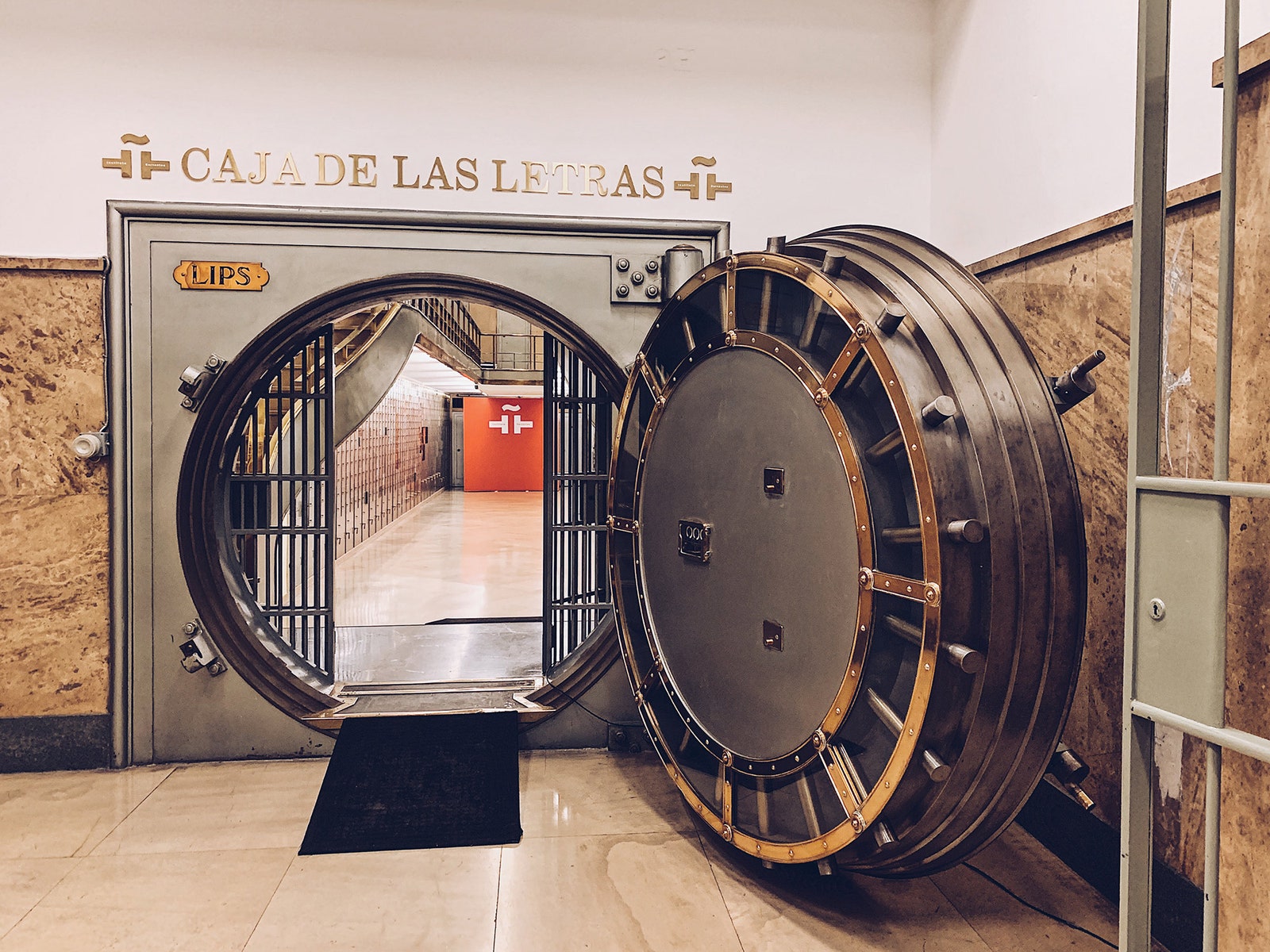 or how theres a vault to protect the Spanish written language.
or how theres a vault to protect the Spanish written language.
Encircling Rooms
Space itself is only formed by limiting it; encircling.
 There are ancient festivals still practiced in England that demarcate
the boundary of parish properties, such as The Beating of the Bounds
procession.
There are ancient festivals still practiced in England that demarcate
the boundary of parish properties, such as The Beating of the Bounds
procession.

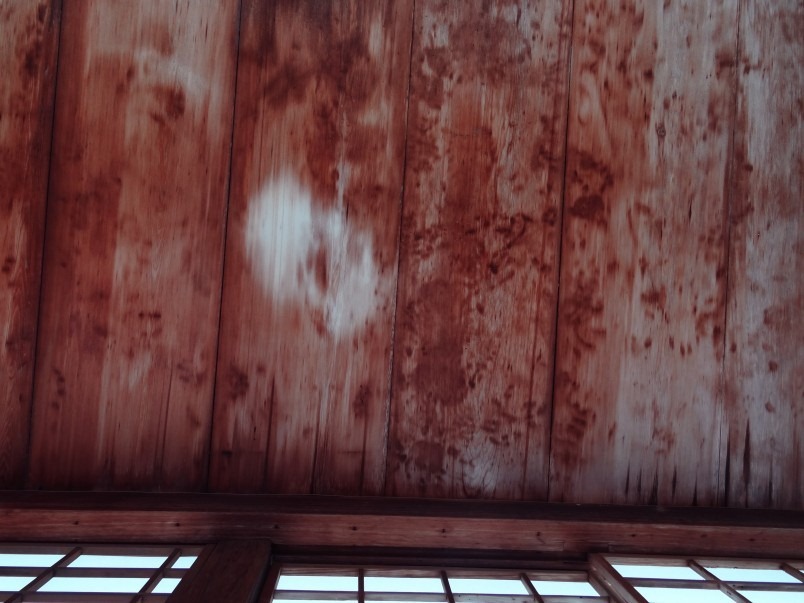 A ceiling too elicits psychological impacts: it regulates brightness via
apertures and is the bearer frescoes and reliefs.
A ceiling too elicits psychological impacts: it regulates brightness via
apertures and is the bearer frescoes and reliefs.

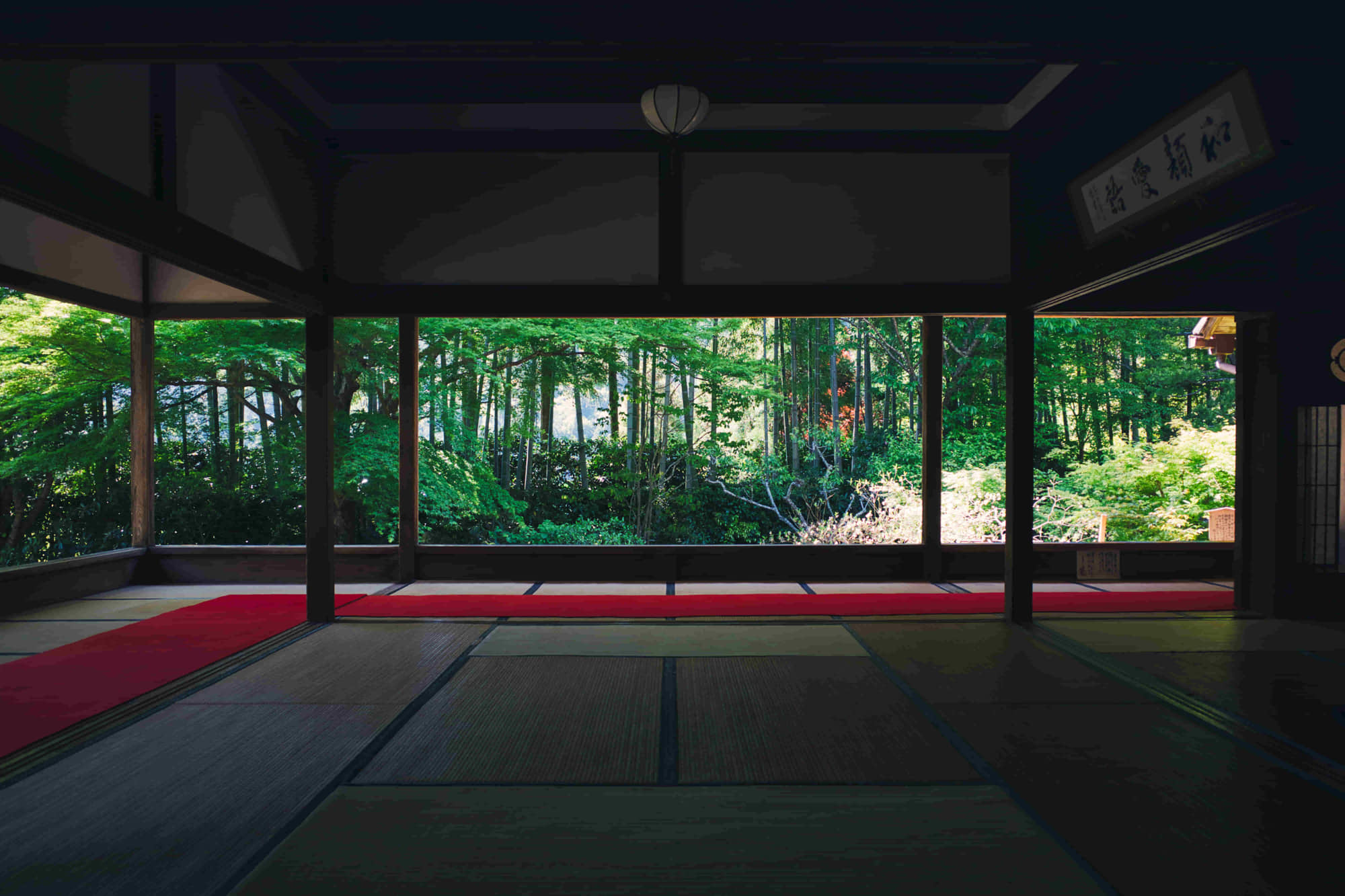 The ceiling in the Hosen-in Temple in Kyoto was constructed floorboards
from a castle where a large ritual suicide took place in order to pacify
lost souls.
The ceiling in the Hosen-in Temple in Kyoto was constructed floorboards
from a castle where a large ritual suicide took place in order to pacify
lost souls.

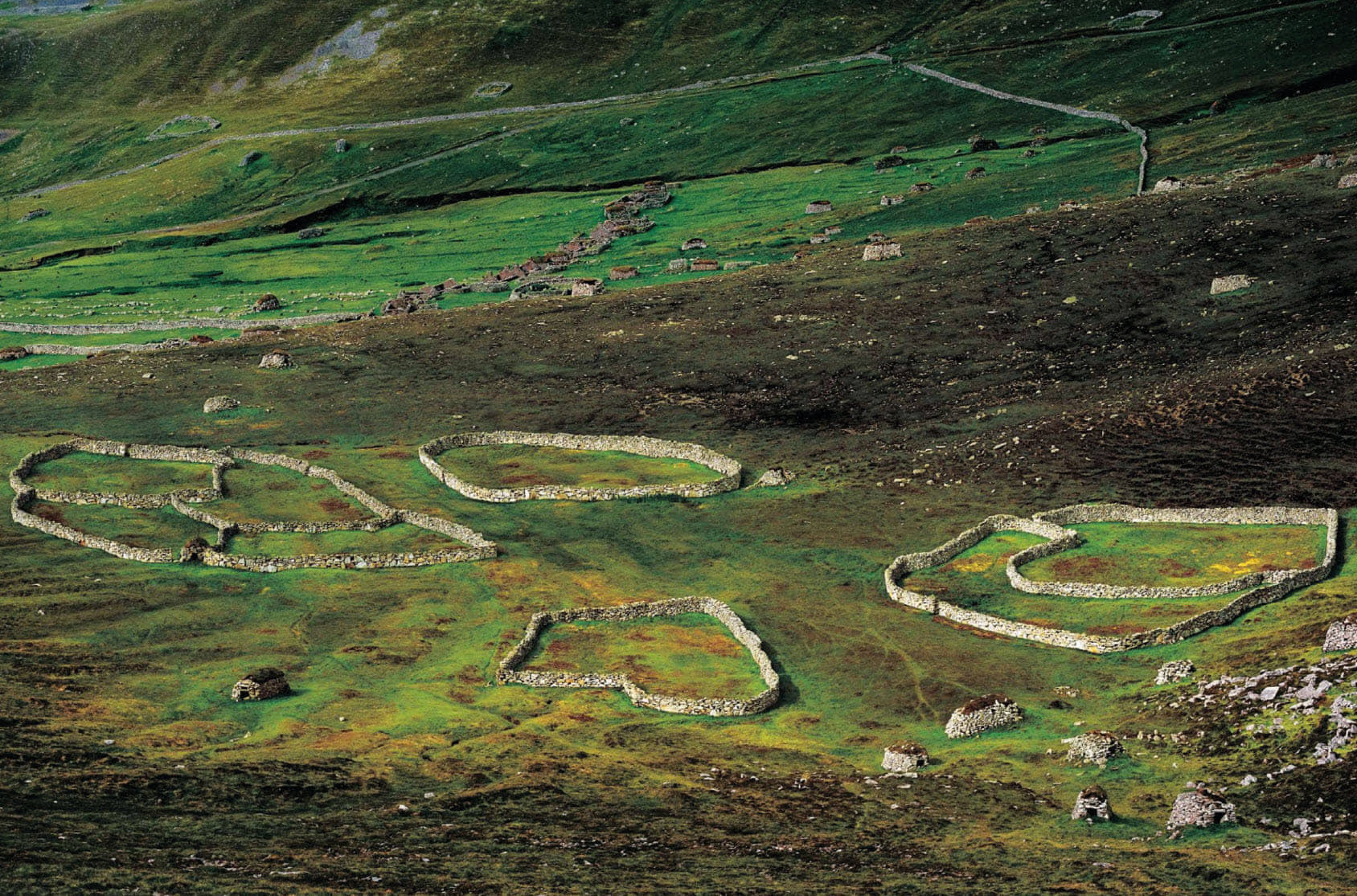 Likewise, walls limit the gaze of the Other and act as a hinge to the
outer world.
Likewise, walls limit the gaze of the Other and act as a hinge to the
outer world.
 What occurs when other non-physical phenomena limit space?
What occurs when other non-physical phenomena limit space?
 Weather has its own way of limiting access.
Weather has its own way of limiting access.

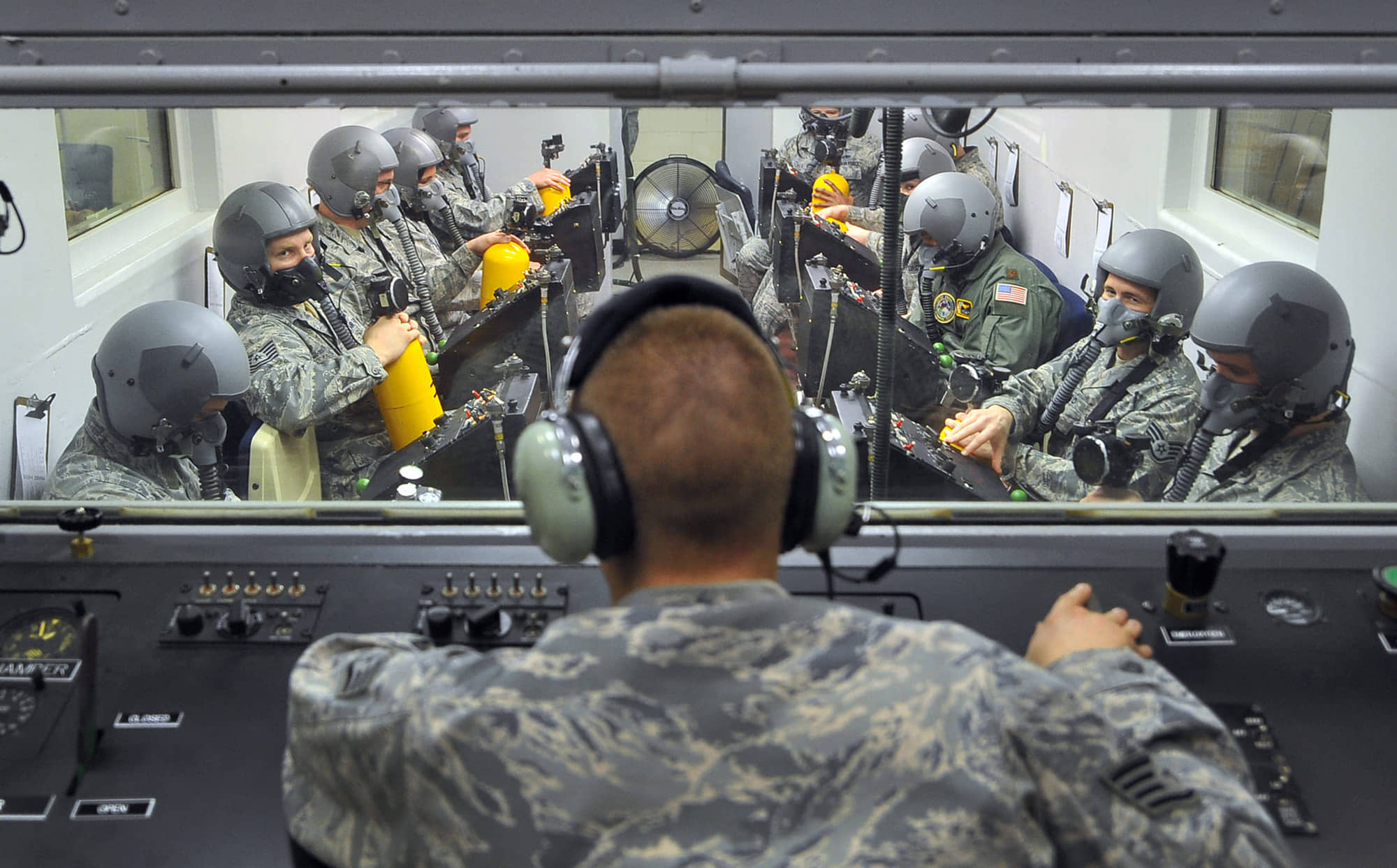 Diminished levels of oxygen in the air in hypoxic chambers prepare
pilots for high-altitudes replete with consented suffering, dizziness.
Diminished levels of oxygen in the air in hypoxic chambers prepare
pilots for high-altitudes replete with consented suffering, dizziness.
Limit Stages
Recently it was found that on average, we exchange verbal language at an
information density of 39 bits per second. Vietnamese holds the limit of
information density transfer in speech.
 Airbus is constantly searching for a way to reduce the length of our
femurs. It is our biological limit to them allowing to board more people
on a plane.
Airbus is constantly searching for a way to reduce the length of our
femurs. It is our biological limit to them allowing to board more people
on a plane.

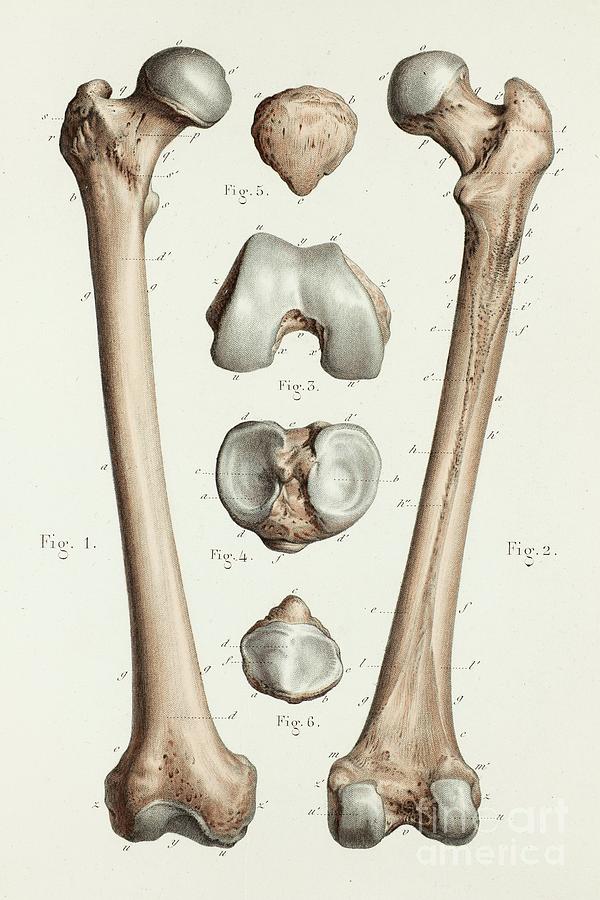 For 25 years Robert Shields, a former minister from Washington kept a
diary of every minute of his life. 37.5 million words about everything
including visits to the bathroom and the weight of the daily newspaper.
For 25 years Robert Shields, a former minister from Washington kept a
diary of every minute of his life. 37.5 million words about everything
including visits to the bathroom and the weight of the daily newspaper.

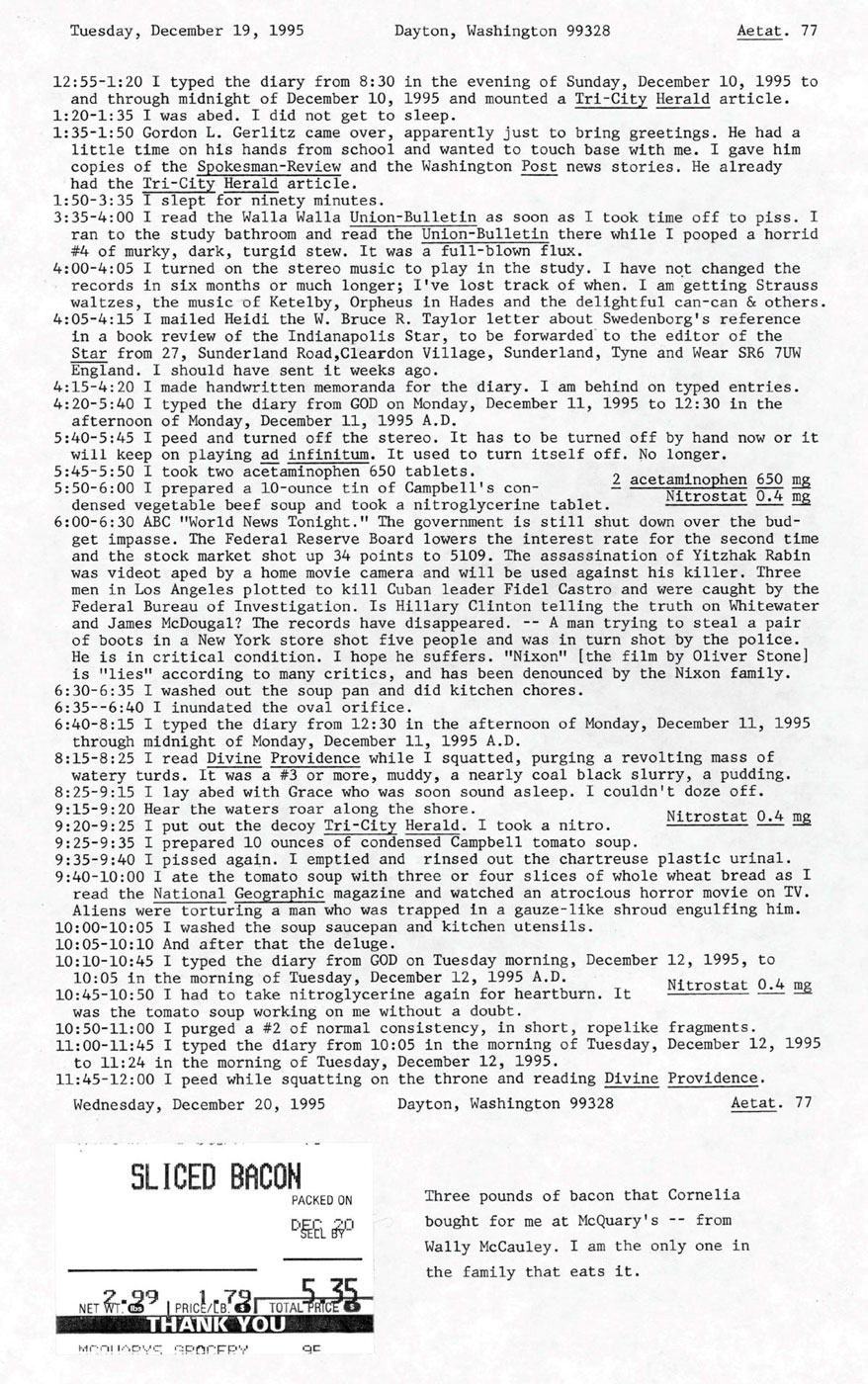 And what about our architectural records? What is their limit? By
layering scales, geometries, time, lineweights, linetypes and depth, can
they become a testimony to the limits of documentation of real-world or
virtual construction?
And what about our architectural records? What is their limit? By
layering scales, geometries, time, lineweights, linetypes and depth, can
they become a testimony to the limits of documentation of real-world or
virtual construction?

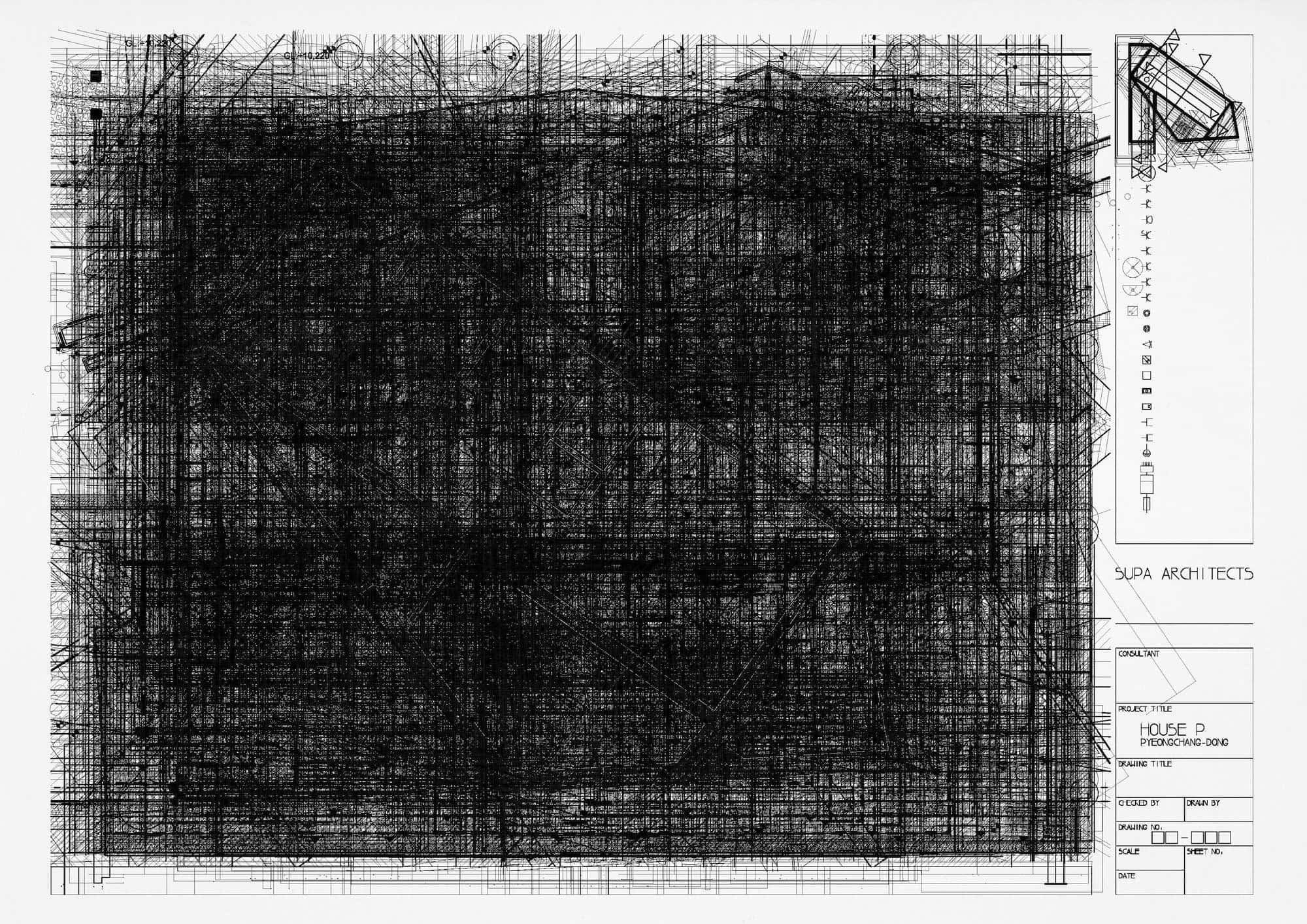 Within Limits, we will move beyond conventional modes of
representation to imagine alternate forms of perception to transform
visual and ideological assumptions, to shake us out of our prejudices,
so as to look at things with new eyes.
Within Limits, we will move beyond conventional modes of
representation to imagine alternate forms of perception to transform
visual and ideological assumptions, to shake us out of our prejudices,
so as to look at things with new eyes.

Epistemic Treasures
Is it possible to create a spatial document at the limit of our
episteme?

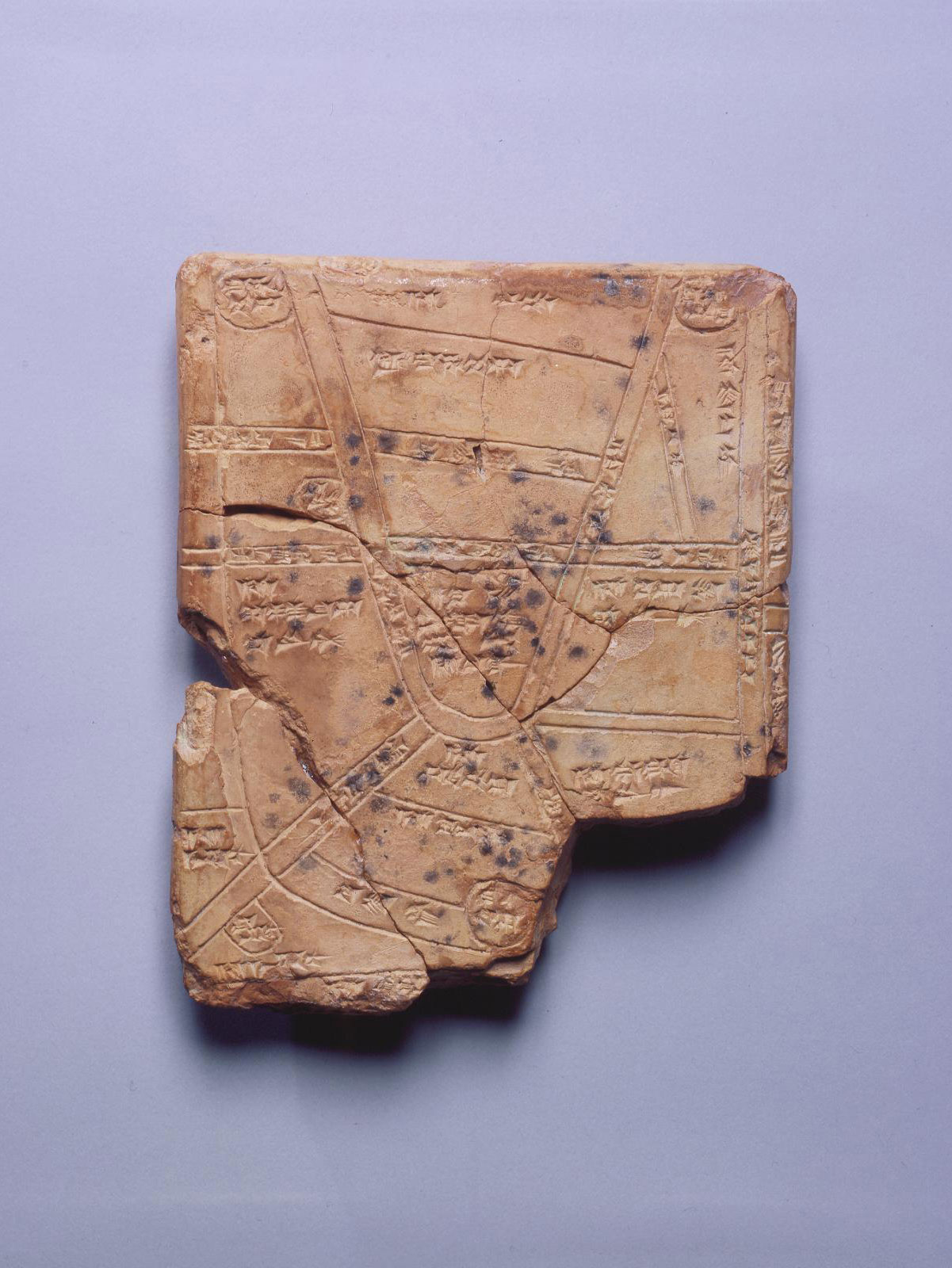 What emerges when our creations trespass standards and values?
What emerges when our creations trespass standards and values?

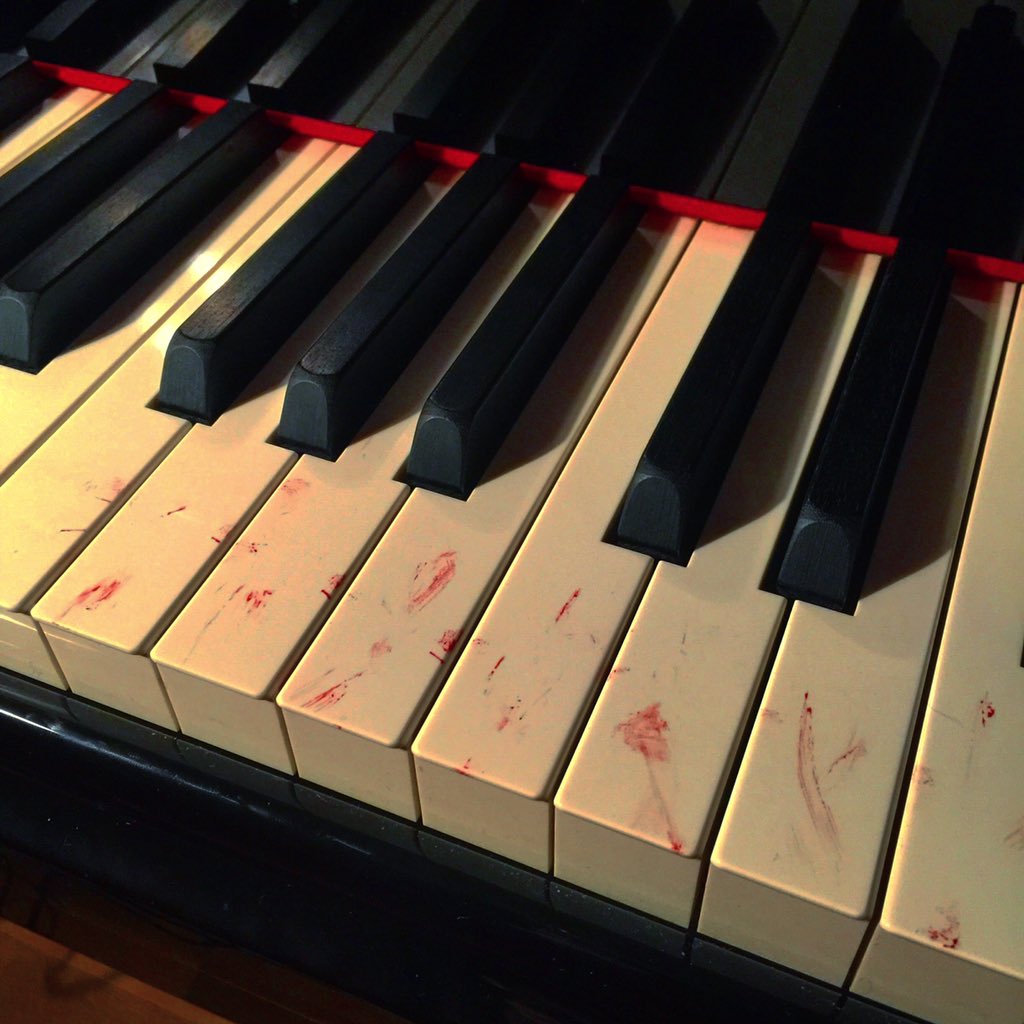 Likewise, what will result if we engage in acts of making for the sake
of pure expenditure; or wastefulness. Take for example if we decide to
devise a mechanism that will drain all our energy for example by
carrying heavy weights.
Likewise, what will result if we engage in acts of making for the sake
of pure expenditure; or wastefulness. Take for example if we decide to
devise a mechanism that will drain all our energy for example by
carrying heavy weights.

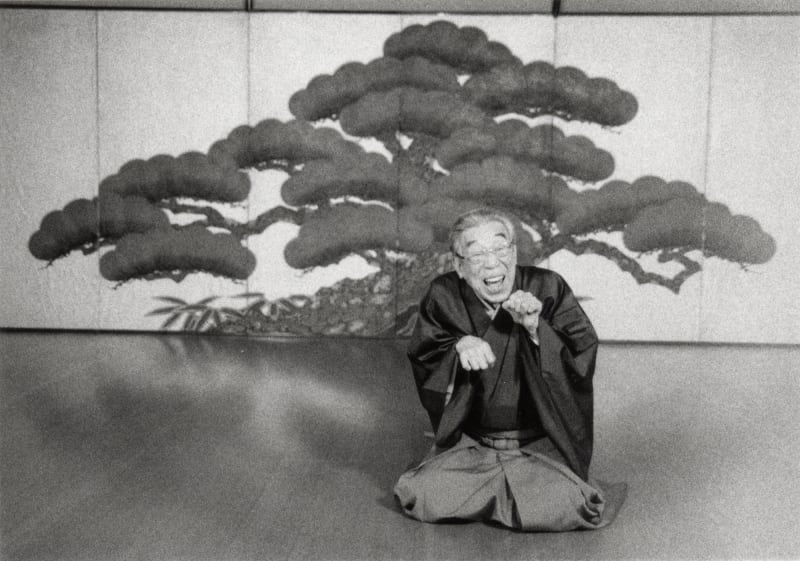 There are of course other forms of limits, think for exmaple of the
“Living Human Treasure”, which is a recognized individual embodying vast
amounts of knowledge to coming generations. This is the case of the
Japanese Kyogen masters, which are the masters of comic theater.
There are of course other forms of limits, think for exmaple of the
“Living Human Treasure”, which is a recognized individual embodying vast
amounts of knowledge to coming generations. This is the case of the
Japanese Kyogen masters, which are the masters of comic theater.

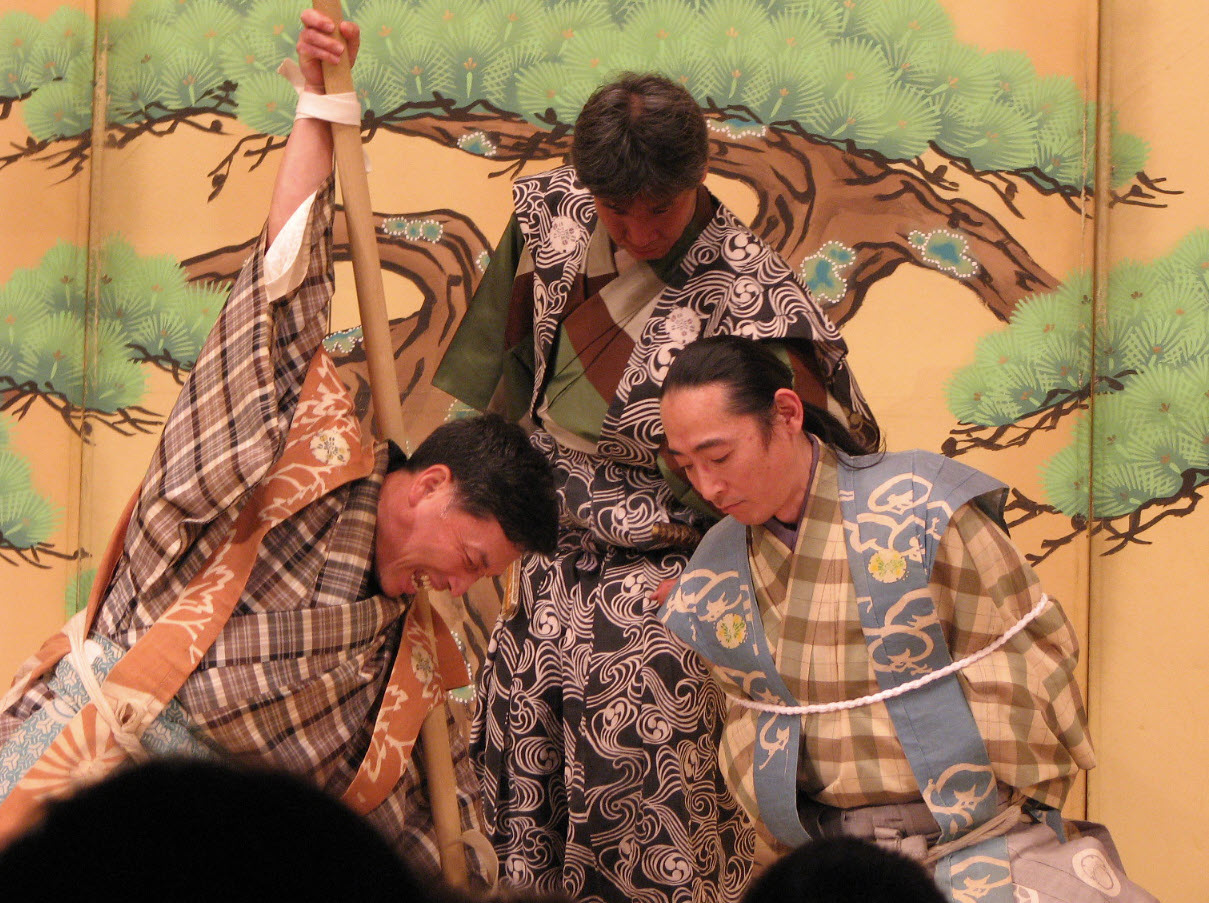 Such knowledge is an active one, not recorded in any form, and its
confines lie within the limit of the body; the treasure. Can we imagine
the absence of the archive, book, record or storage as a form of Limit?
We will create digital and physical processes, biological conditions and
there will be an emphasis on physical experimentation to produce large
works, in order to examine how spaces can be conceived under extreme
scenarios.
Such knowledge is an active one, not recorded in any form, and its
confines lie within the limit of the body; the treasure. Can we imagine
the absence of the archive, book, record or storage as a form of Limit?
We will create digital and physical processes, biological conditions and
there will be an emphasis on physical experimentation to produce large
works, in order to examine how spaces can be conceived under extreme
scenarios.